The 40 Best Places in America to Travel Back in Time
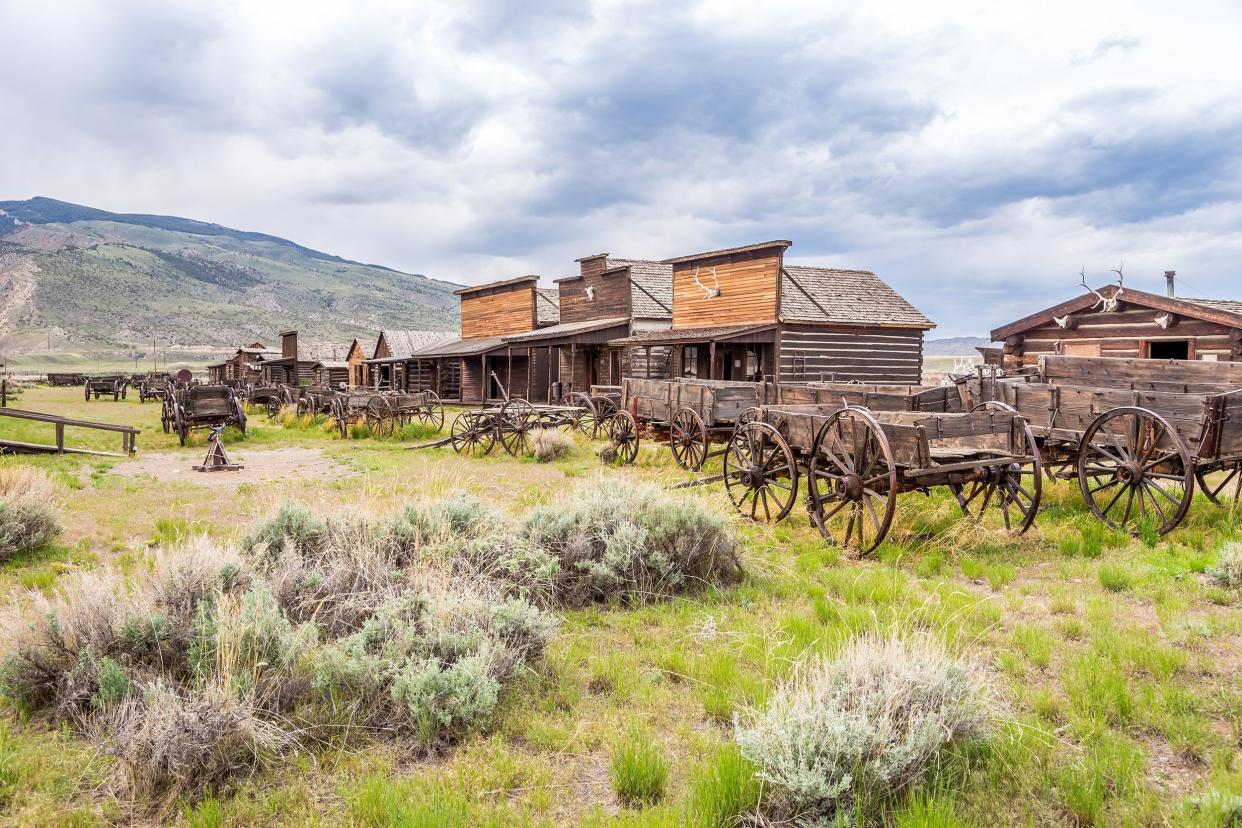
Blasts from the Past
Learning about history can take place outside of the shushed halls of a traditional museum. Instead of gazing at dusty artifacts behind glass, immerse yourself in a different era by heading to some of the best living-history exhibits, festivals, nostalgic destinations, and events across the country. We pored over travel sites and visitor reviews, and whether you want to experience traditional colonial crafts or a Wild West gunfight, here are 40 of the best places in the U.S. to travel back in time.
Editor's note: This story was updated in March 2024.
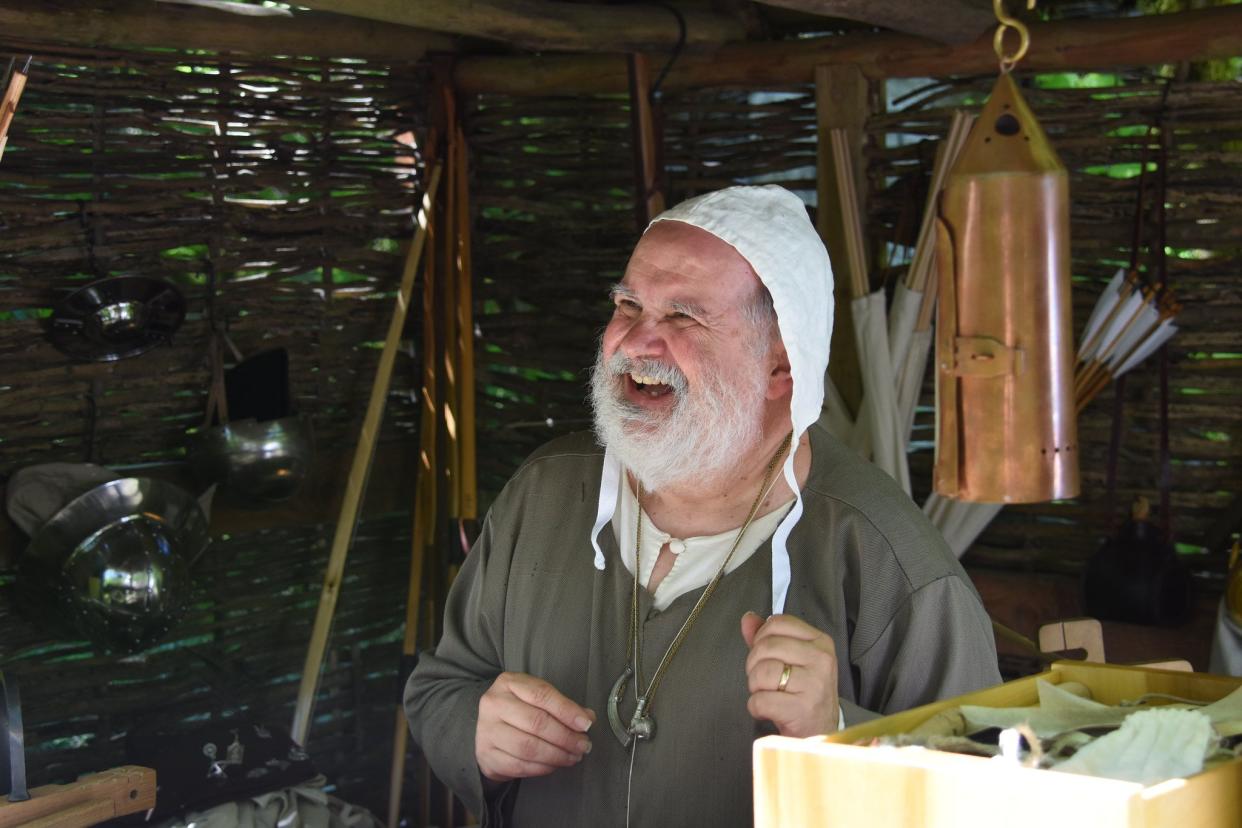
Camlann Medieval Village
Location: Carnation, Washington
Era: 1300s (medieval England)
What to do: Transport yourself to a rural English village from 1376, exploring shops, a cider mill, a forge, and a knightly battlefield. Stuff yourself while enjoying a medieval show at Bors Hede Inne, or visit during special feasts and festivals for concerts, performers, and crafts.
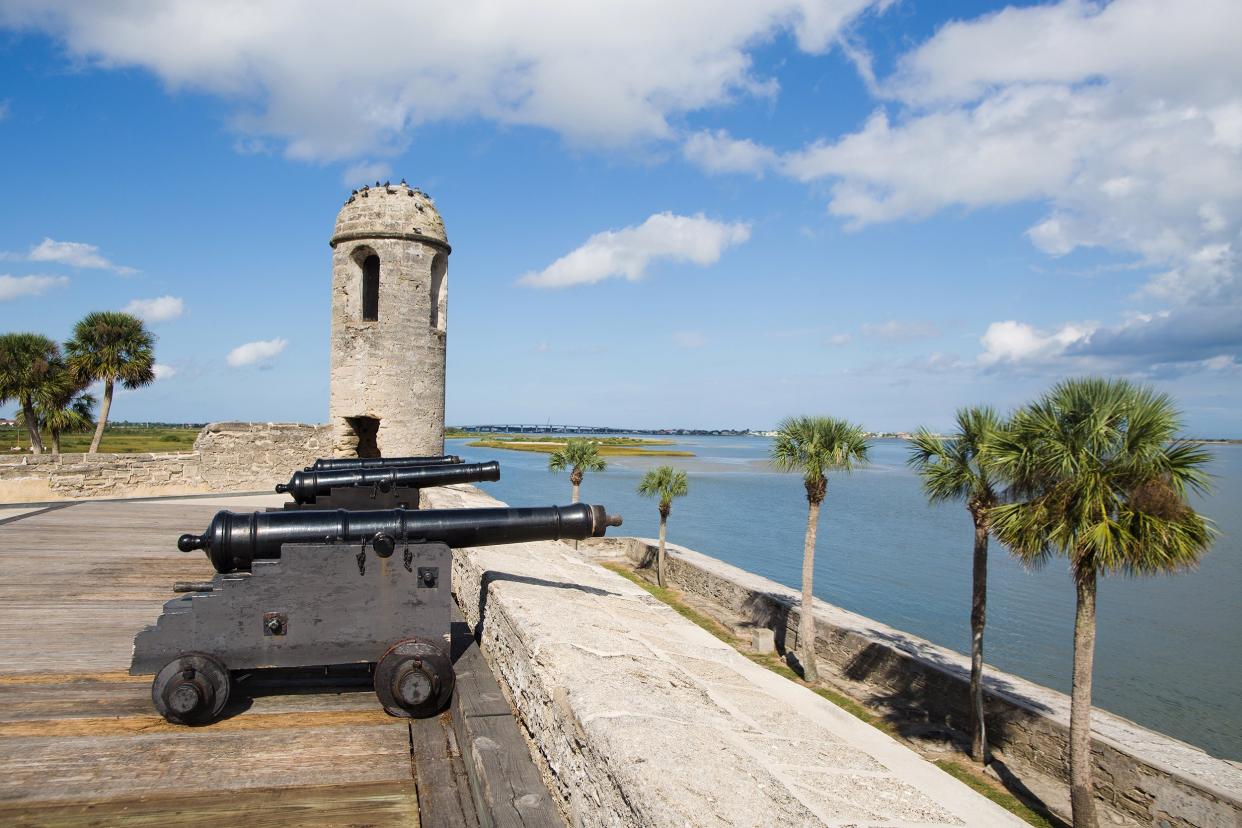
Castillo De San Marcos
Location: St. Augustine, Florida
Era: 1500s-1600s
What to do: In the nation's oldest city, don't miss Castillo de San Marcos, constructed by the Spanish when Florida was part of their empire. Re-enactors are on hand to give historical weapons demonstrations, firing cannons and muskets every weekend.
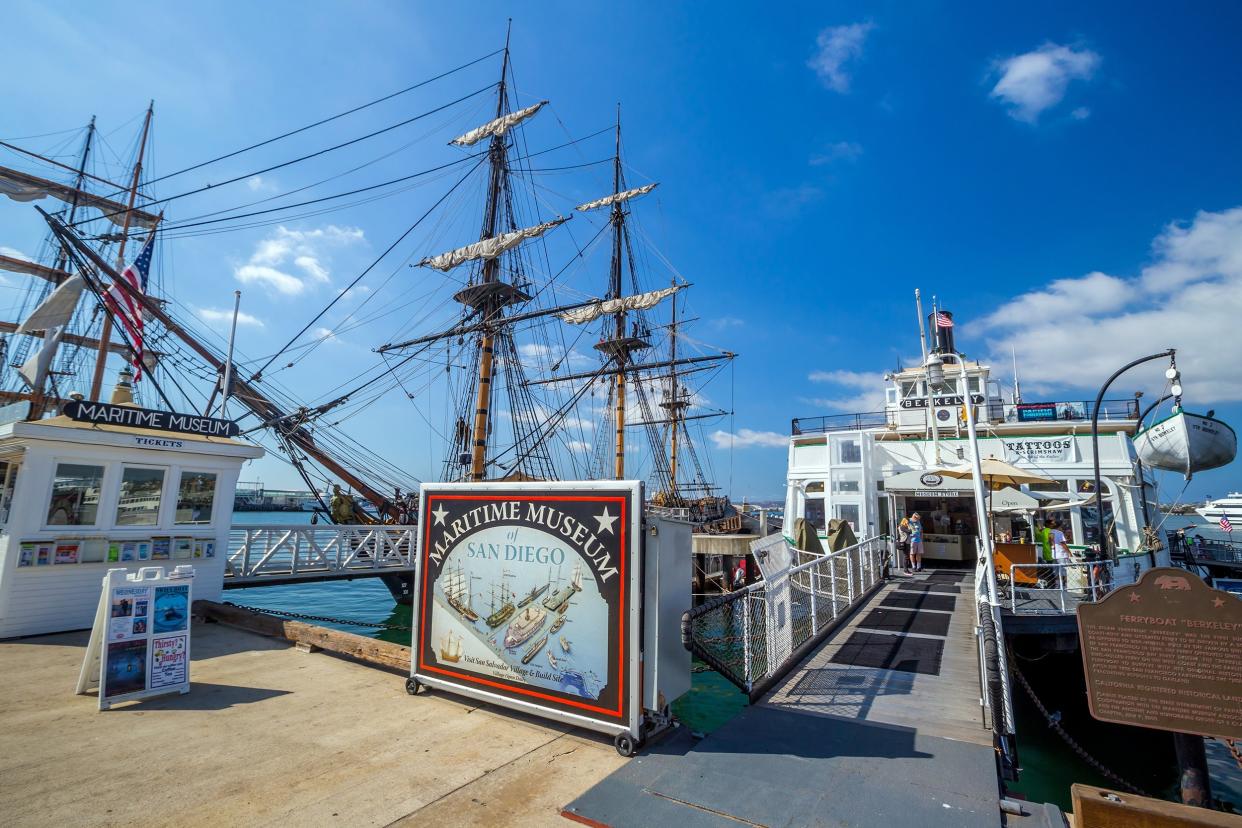
Maritime Museum of San Diego
Location: San Diego
Era: 1500s-present
What to do: Permanent exhibits teach visitors the history of how sailors negotiated the high seas. For an extra fee, you can sail aboard explorer Juan Rodriguez Cabrillo's San Salvador, a PCF-816 Swift Boat, or a replica Gold Rush-era tall ship.
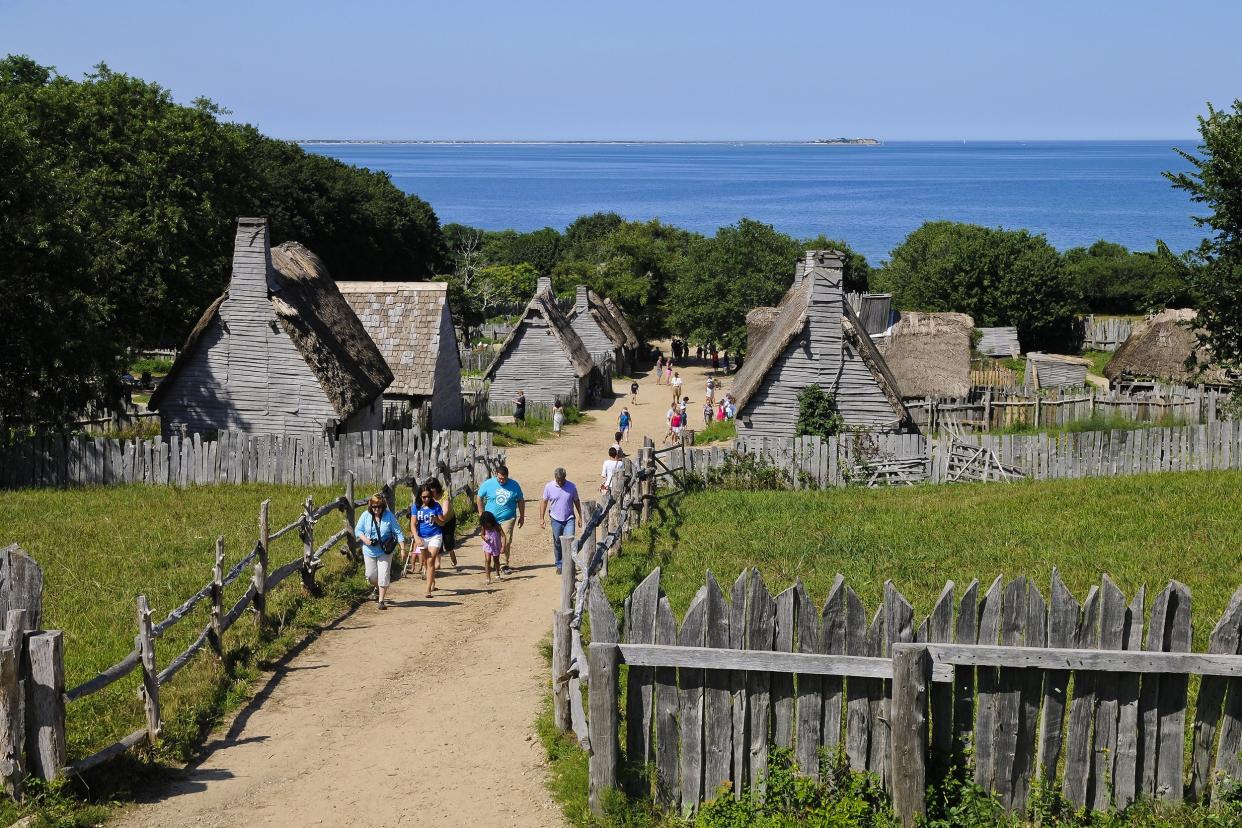
Plimoth Plantation
Location: Plymouth, Massachusetts
Era: 1600s
What to do: Stroll around Plymouth's re-created English village, engaging with costumed interpreters as they live and work as Pilgrims did in the 17th century. More expensive tickets allow a visit to the Plimoth Grist Mill, constructed in 1636, for everything you could ever want to know about corn grinding.
For more great travel guides and vacation tips, please sign up for our free newsletters.
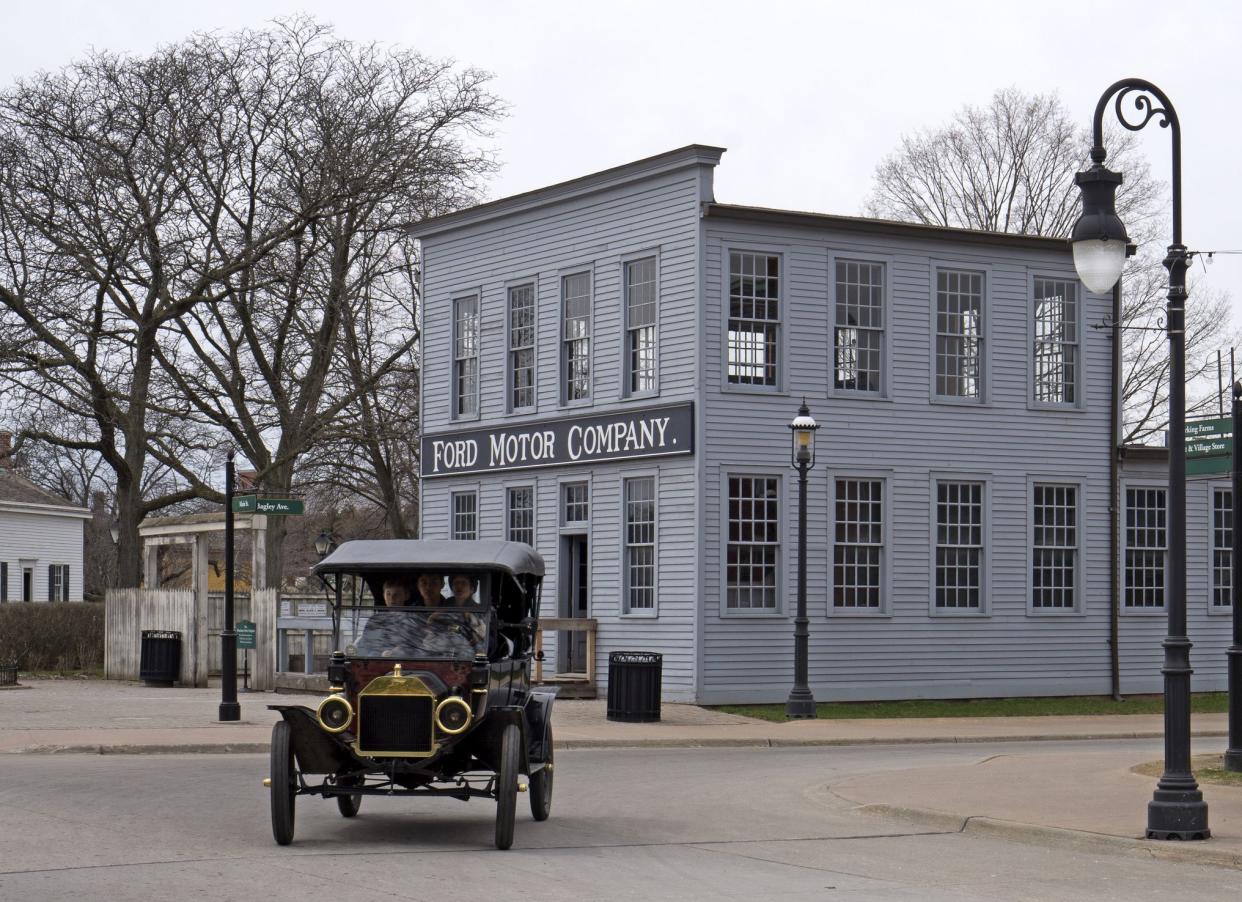
Greenfield Village
Location: Dearborn, Michigan
Era: 1700s-present
What to do: Discover firsthand how big innovators of the past, including Henry Ford and the Wright Brothers, lived and plied their trade. Historic districts re-create homes, workshops, government buildings, and more. You can even hop on a Model T for a ride.
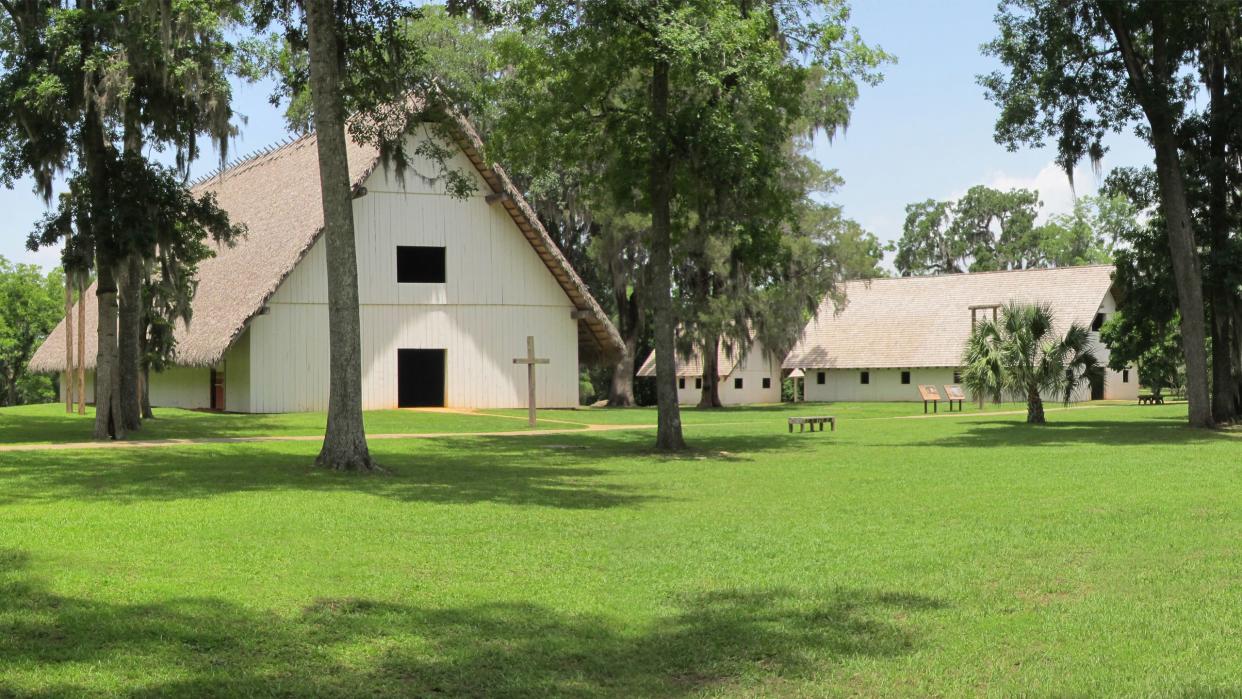
Mission San Luis
Location: Tallahassee, Florida
Era: Early 1700s
What to do: In Mission San Luis, the Apalachee tribe and Spanish settlers lived together, and this open-air museum allows visitors to explore both aspects of the village. Highlights include an Apalachee Council House, a Franciscan church, a fort, and more.
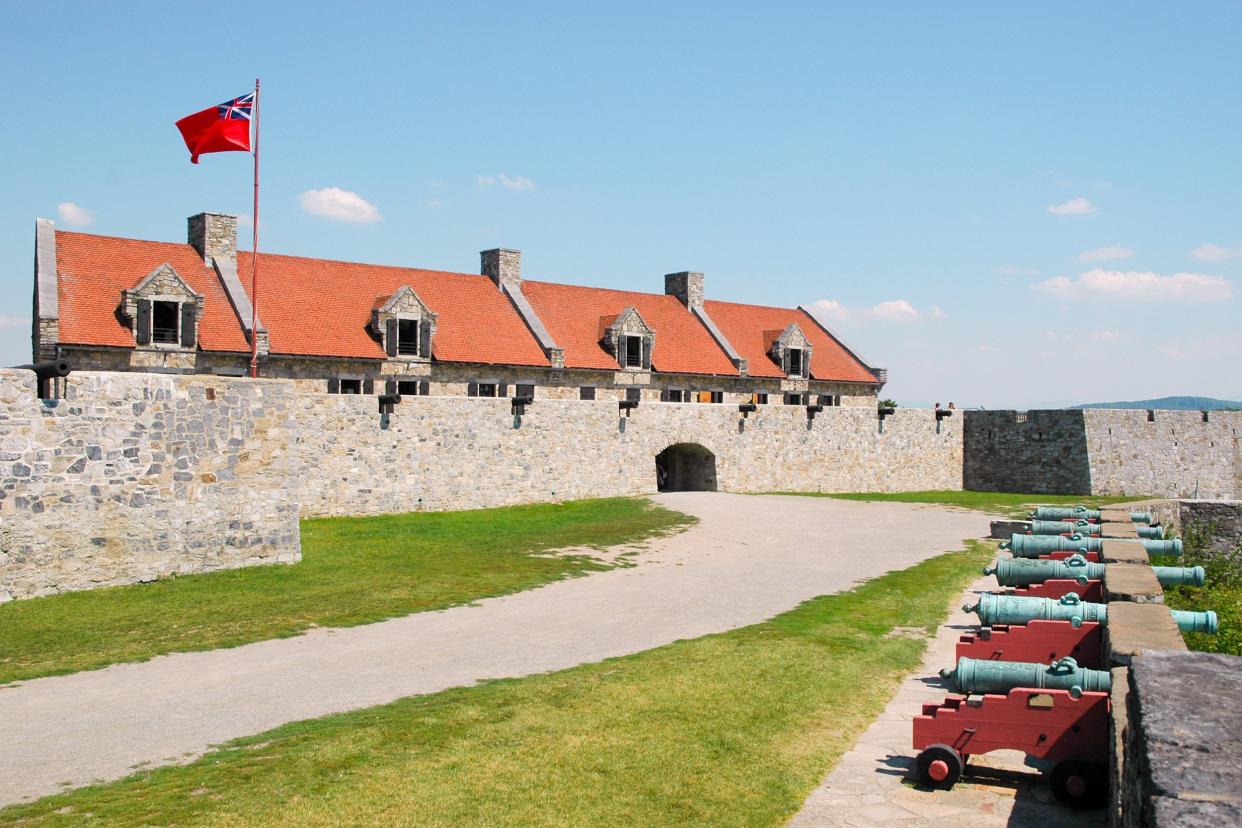
Fort Ticonderoga
Location: Ticonderoga, New York
Era: Mid-1700s
What to do: Highlights include guided tours of the fort, musket and cannon firings, hands-on horticulture demonstrations in the garden, and soldiers' life programs on tailoring, shoemaking, and the like. Check the calendar for larger-scale re-enactments, which occur throughout the year.
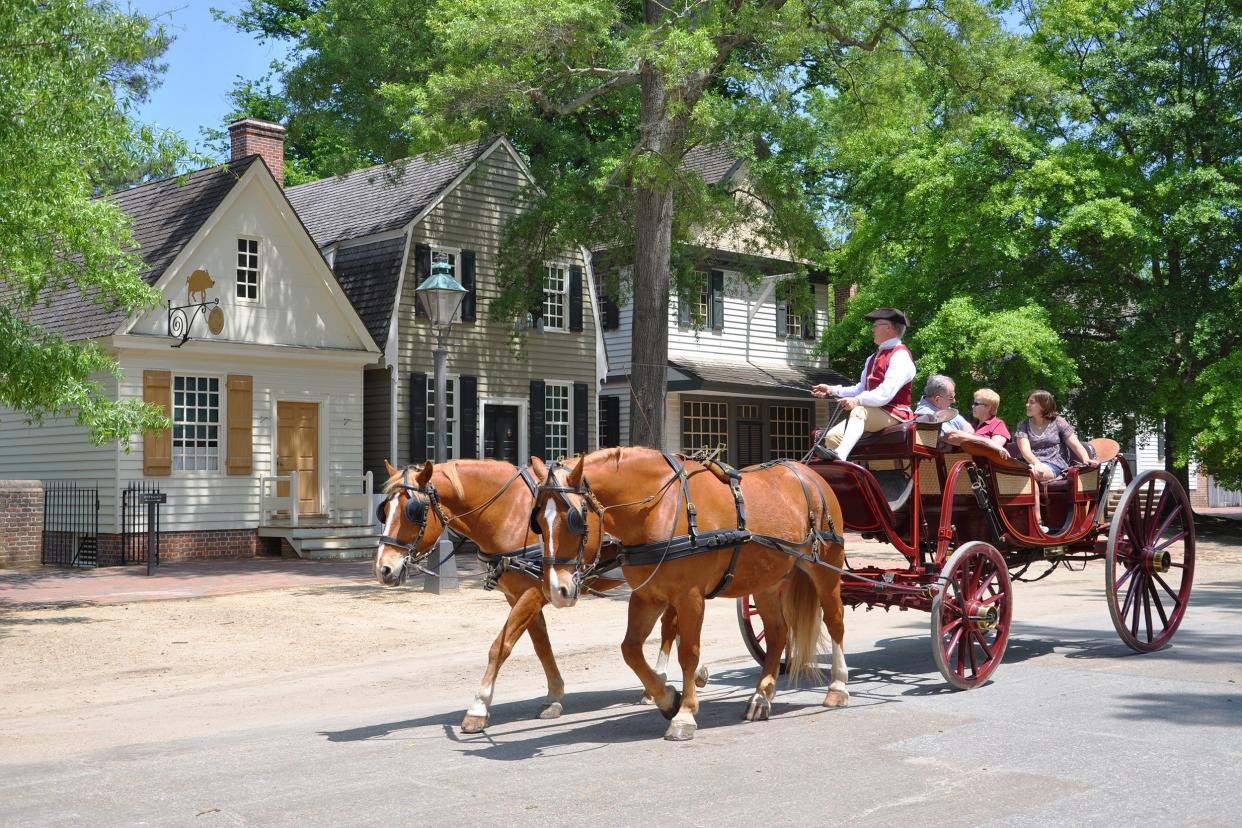
Williamsburg Historic Area
Location: Williamsburg, Virginia
Era: 1700s
What to do: Explore Williamsburg's historic area on foot, stopping to chat with costumed townspeople and peeking into colonial homes and trade shops. Pricier tickets include tours of the Capitol and the sprawling Governor's Palace.
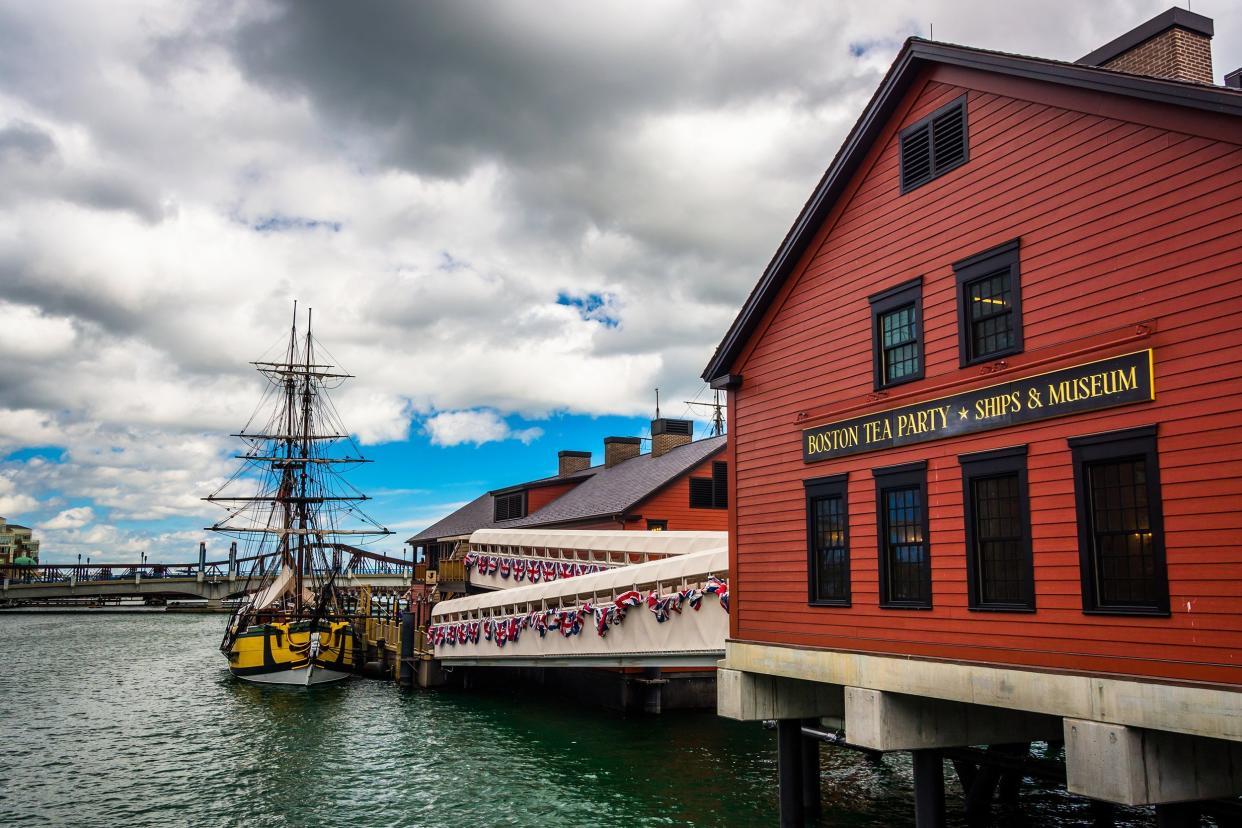
Boston Tea Party Ships & Museum
Location: Boston
Era: 1700s
What to do: Boston is jam-packed with historical sites, but visitors who want to really immerse themselves should check out the Boston Tea Party Ships & Museum, where they can rub elbows with costumed colonial interpreters and, of course, dump some "tea" overboard.
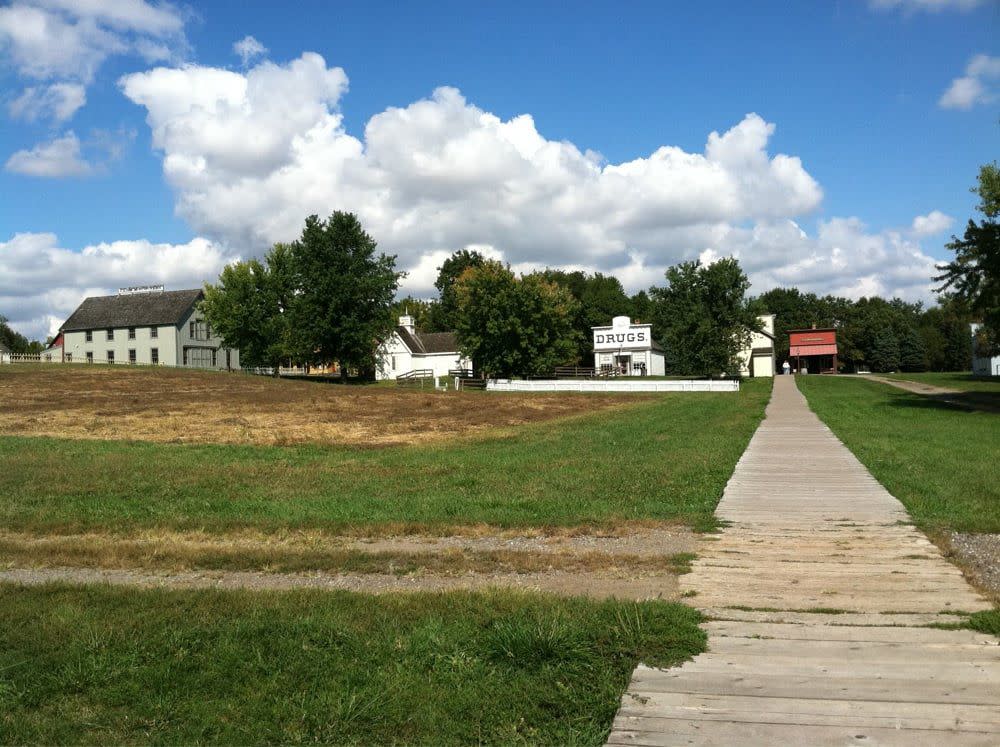
Living History Farms
Location: Urbandale, Iowa
Era: 1700s-1900s
What to do: Learn how Iowa became one of the most fertile agricultural areas of the country by exploring three eras of farms: a 1700 Ioway Indian farm, an 1850 pioneer farm, and a 1900 horse-powered farm, as well as an 1875 town.
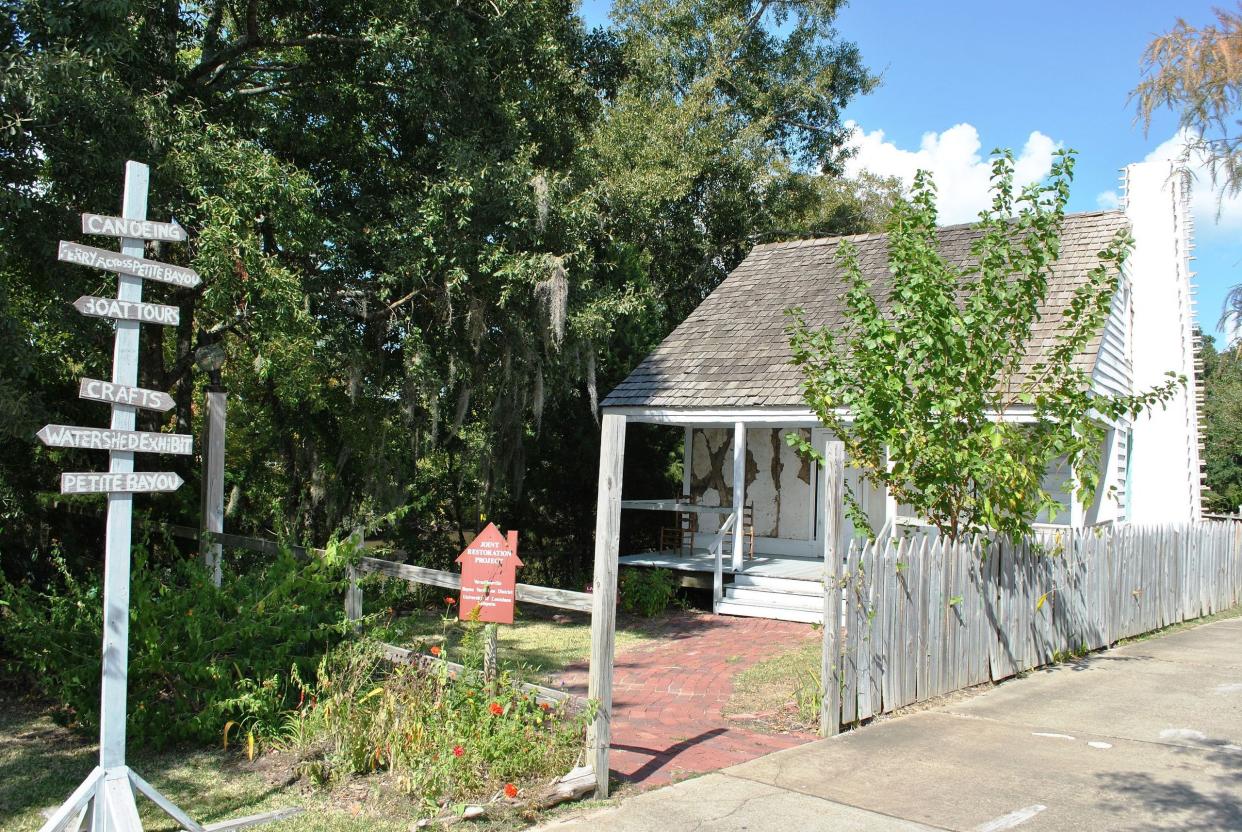
Vermilionville Living History Museum and Folklife Park
Location: Lafayette, Louisiana
Era: 1700s-1800s
What to do: At Vermilionville, visitors learn about a mashup of Acadian, Native American, and Creole culture. There are several restored homes and structures, as well as more than a dozen local artisans demonstrating period crafts like spinning cotton and carving wood.
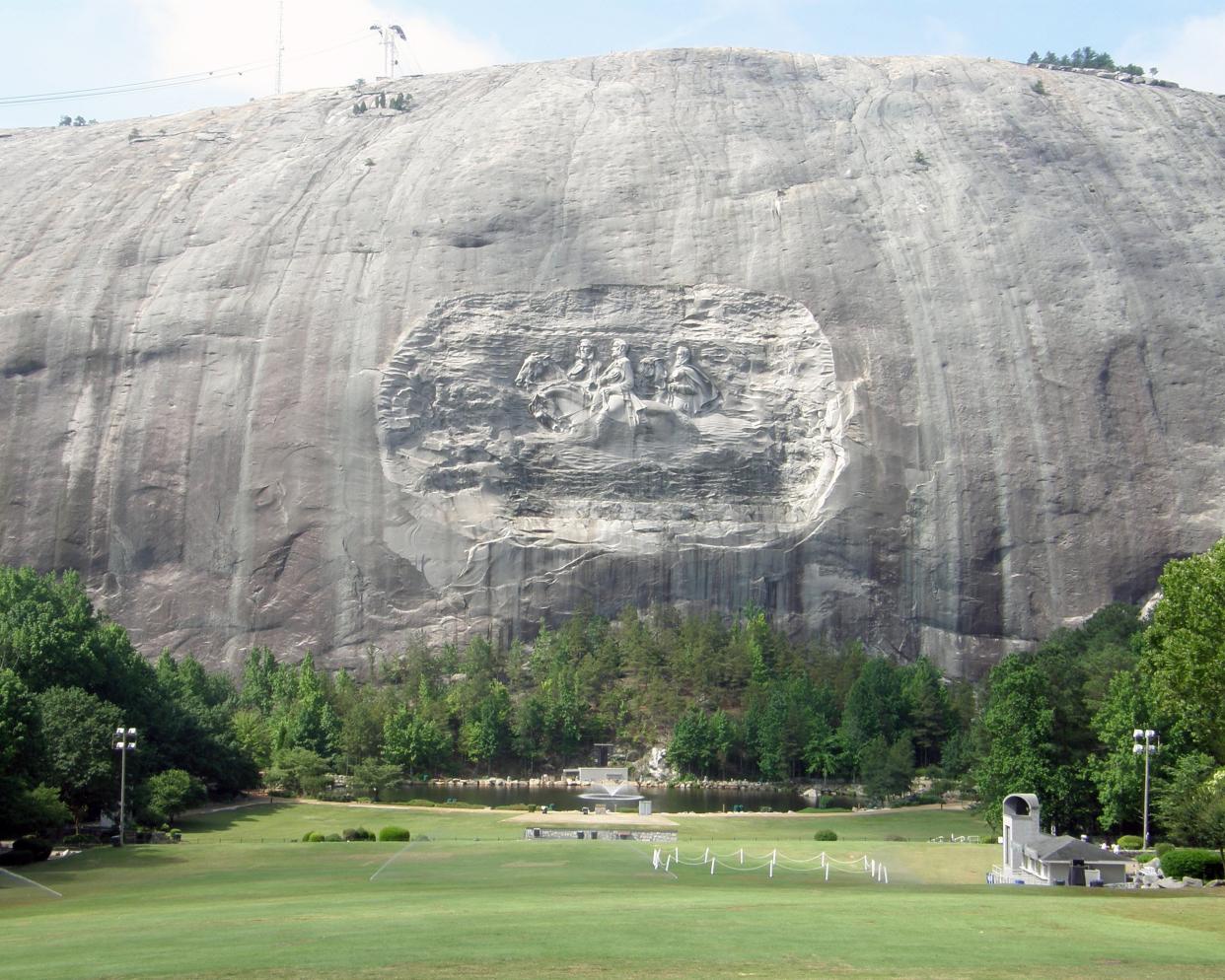
Stone Mountain Park
Location: Stone Mountain, Georgia
Era: Late 1700s-1800s
What to do: The Historic Square at Stone Mountain Park showcases classic antebellum architecture from the late 1700s and 1800s, and visitors can enjoy a scenic train ride pulled by a 1940s locomotive.
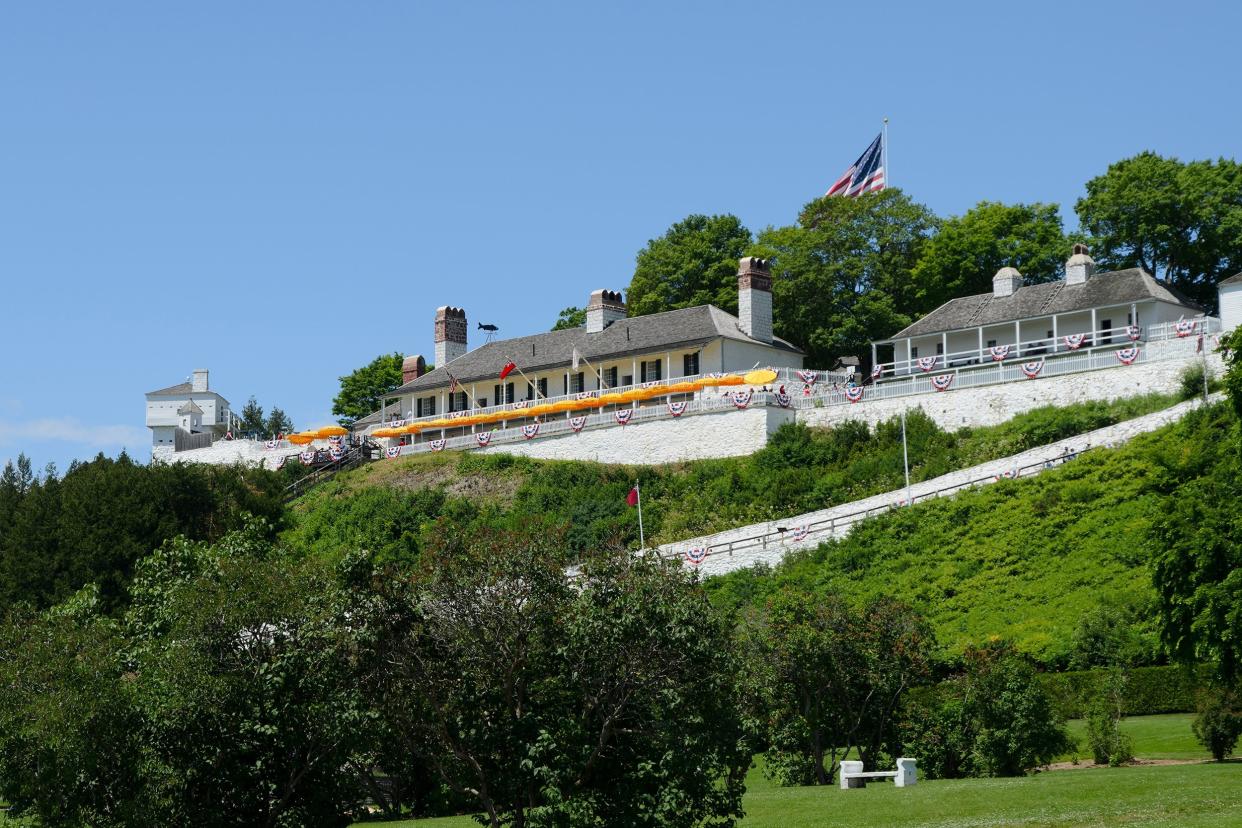
Fort Mackinac
Location: Mackinac Island, Michigan
Era: Late 1700s-1800s
What to do: Michigan's oldest building features daily rifle and cannon firings, as well as special exhibits that provide an overview of this strategically important site. Down the hill, the historic Mackinac city center also seems suspended in time — cars aren't even allowed on the island.
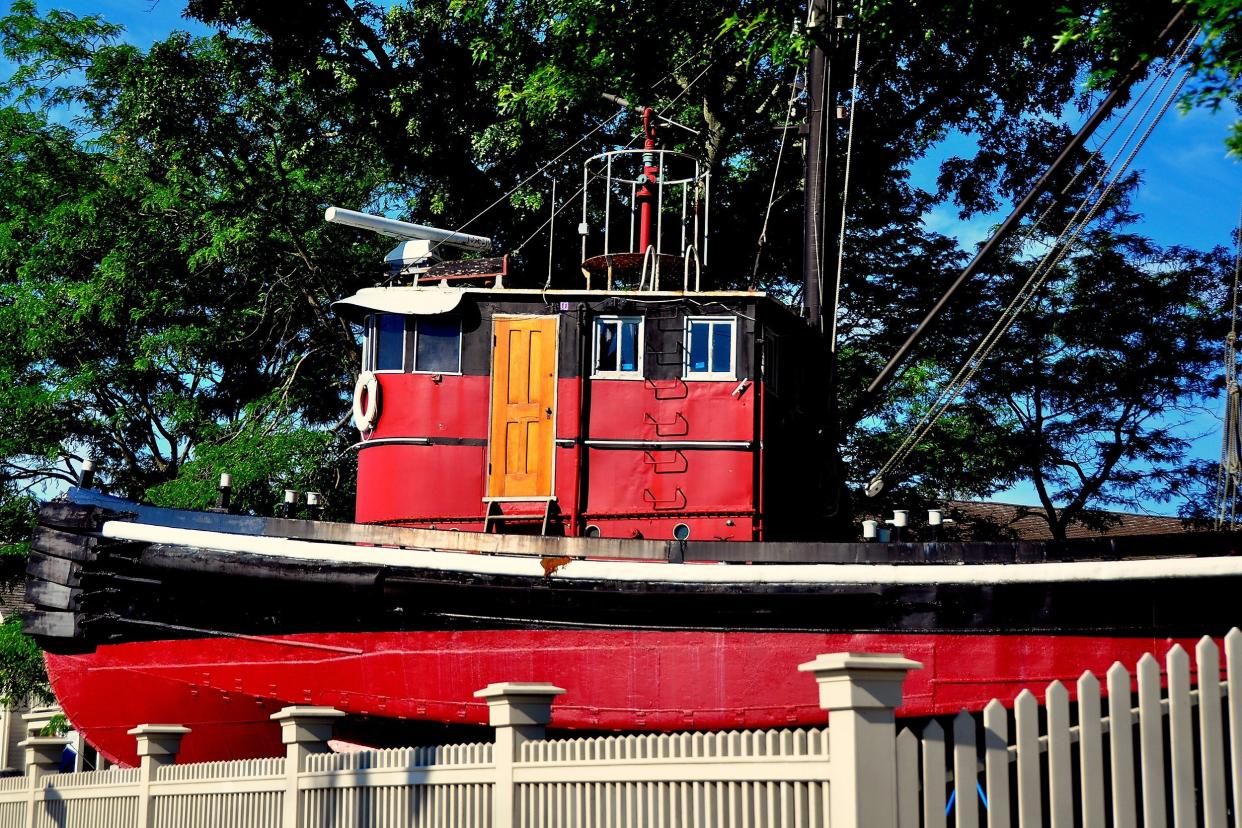
Mystic Seaport
Location: Mystic, Connecticut
Era: 1800s
What to do: Explore Mystic Seaport for a taste of old seafaring New England. Highlights include boarding America's last surviving whaleship and watching craftsmen and craftswomen repair the seaport's wooden vessels.
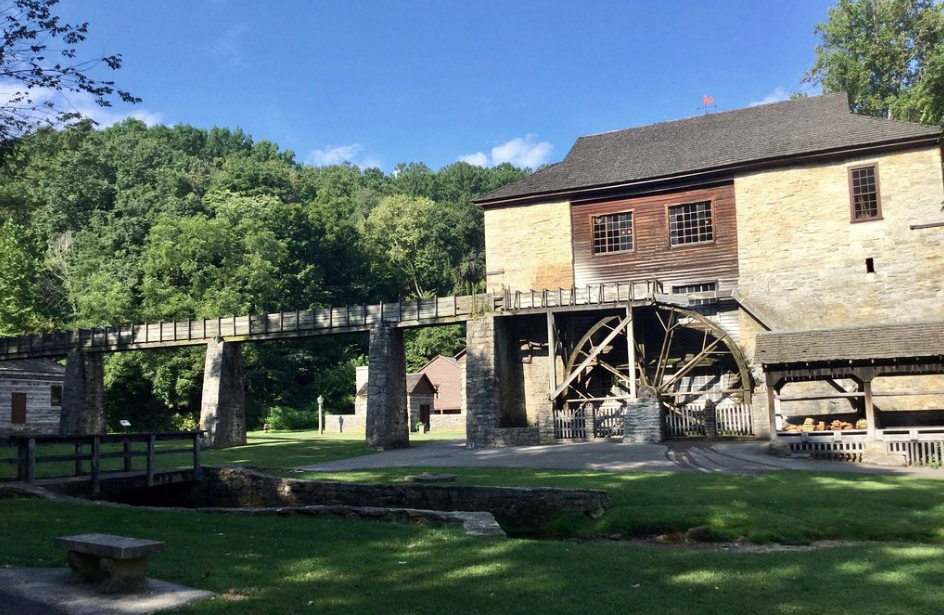
Spring Mill State Park
Location: Near Mitchell, Indiana
Era: 1800s
What to do: Visitors to this southern Indiana park can experience 19th-century life at the restored Pioneer Village, which contains 20 historic buildings. The three-story limestone gristmill, built in 1817, still grinds cornmeal today as historical interpreters evoke the year 1863 and demonstrate period crafts.
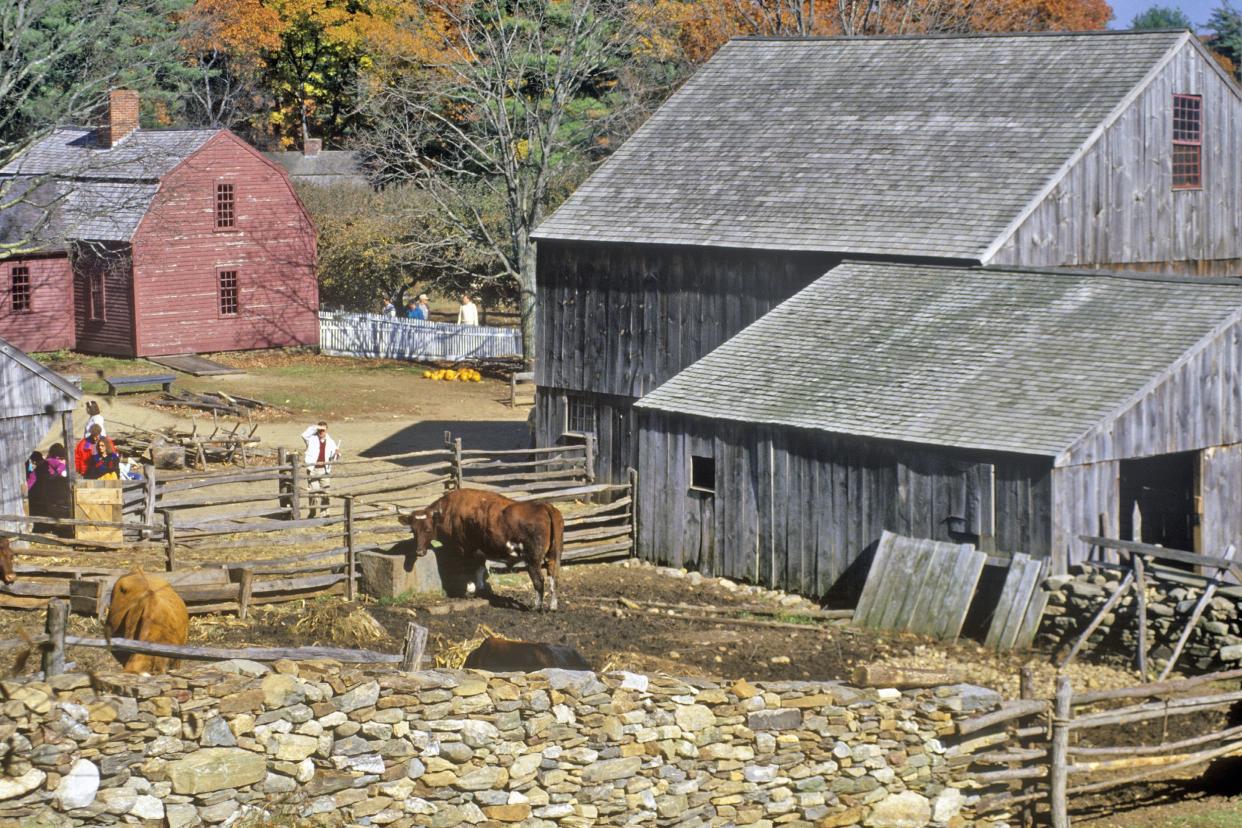
Old Sturbridge Village
Location: Sturbridge, Massachusetts
Era: 1800s
What to do: Explore this re-created rural New England village, interacting with costumed interpreters among historic buildings, a working farm with heritage-breed animals, and a working mill. Stagecoach and riverboat rides are available for an extra fee.
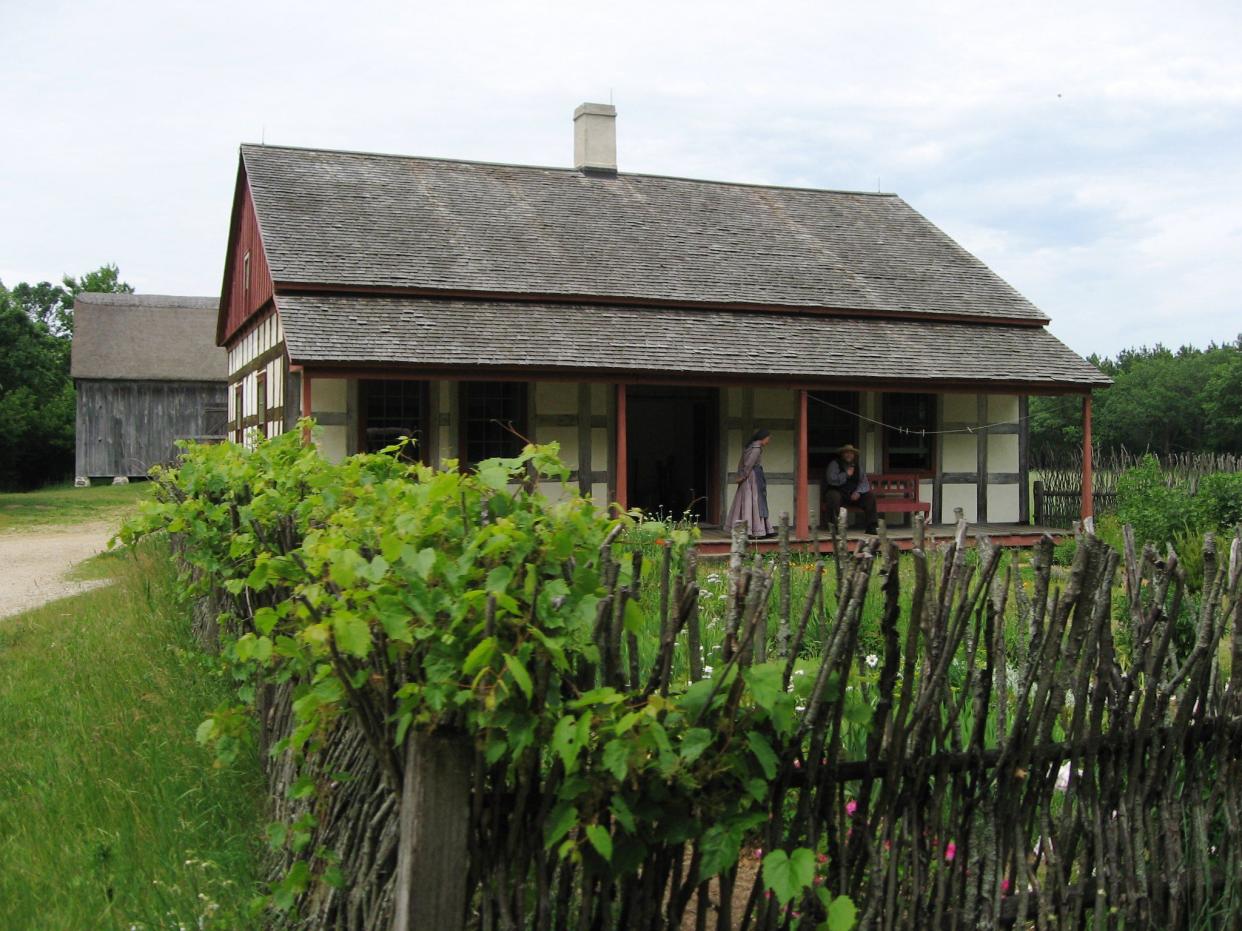
Old World Wisconsin
Location: Eagle, Wisconsin
Era: 1800s
What to do: Discover how rural Wisconsin's early settlers lived by exploring areas devoted to each major group, including the Germans, Norwegians, Danes, and Finns. Exhibits include working farms, a livestock exhibit, and an 1880s village. You can even catch a parade of antique bicycles.
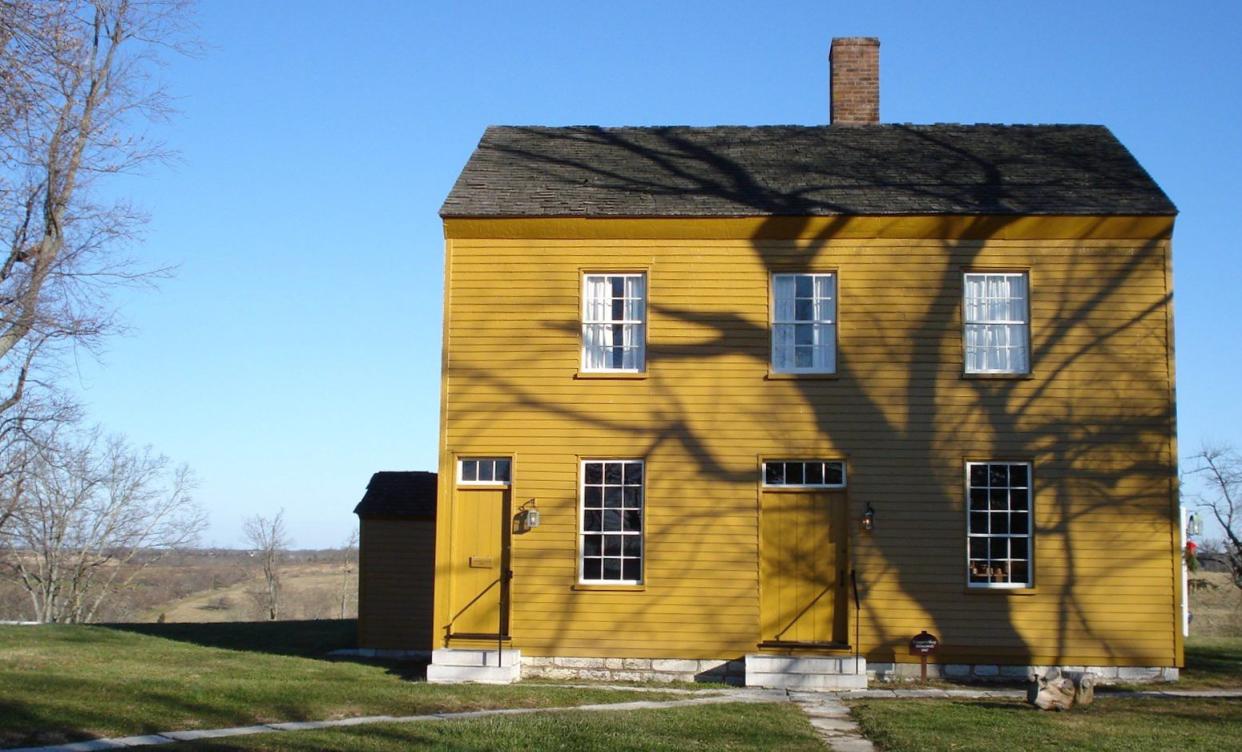
Shaker Village of Pleasant Hill
Location: Harrodsburg, Kentucky
Era: 1800s
What to do: Learn how the Kentucky Shakers lived and worked in the 1800s by exploring this 3,000-acre community with a 34-building village and a working farm. Guests can also hike, ride horses, hop on a wagon or hayride, or learn a craft.
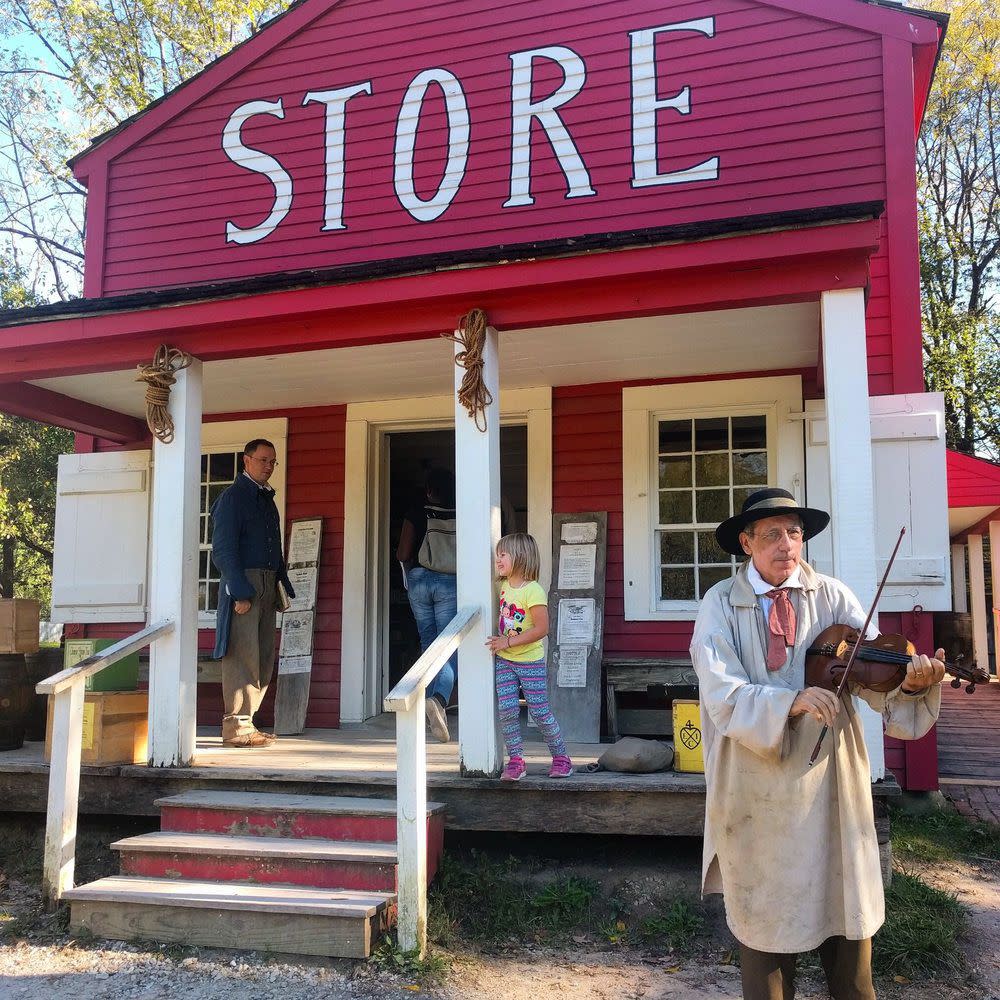
Conner Prairie Interactive History Park
Location: Fishers, Indiana
Era: 1800s
What to do: Explore an 1836 Indiana prairie town, discover Hoosier life during the Civil War, and find out how the area's Lenape tribe interacted with fur traders and other early settlers. There's also a working farm and an 1859 hot-air-balloon voyage.
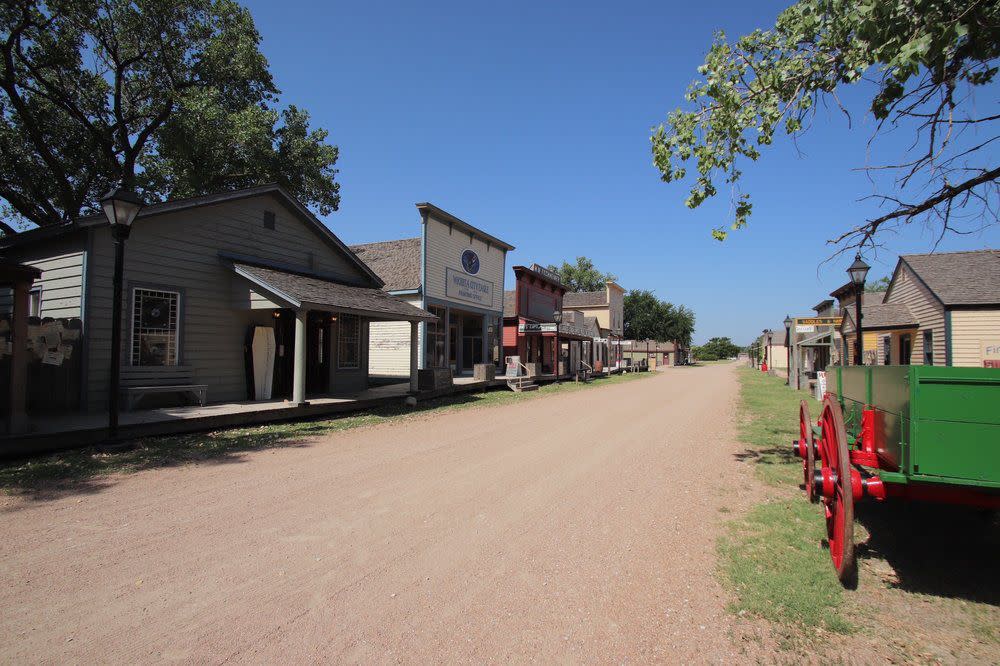
Old Cowtown Museum
Location: Wichita, Kansas
Era: 1800s
What to do: Explore 54 historic buildings, some re-created and some original, while getting a taste of small-town Kansas life in the 1800s. There is also a buffalo hunter/trader area and farmstead. Costumed interpreters greet visitors and answer questions.
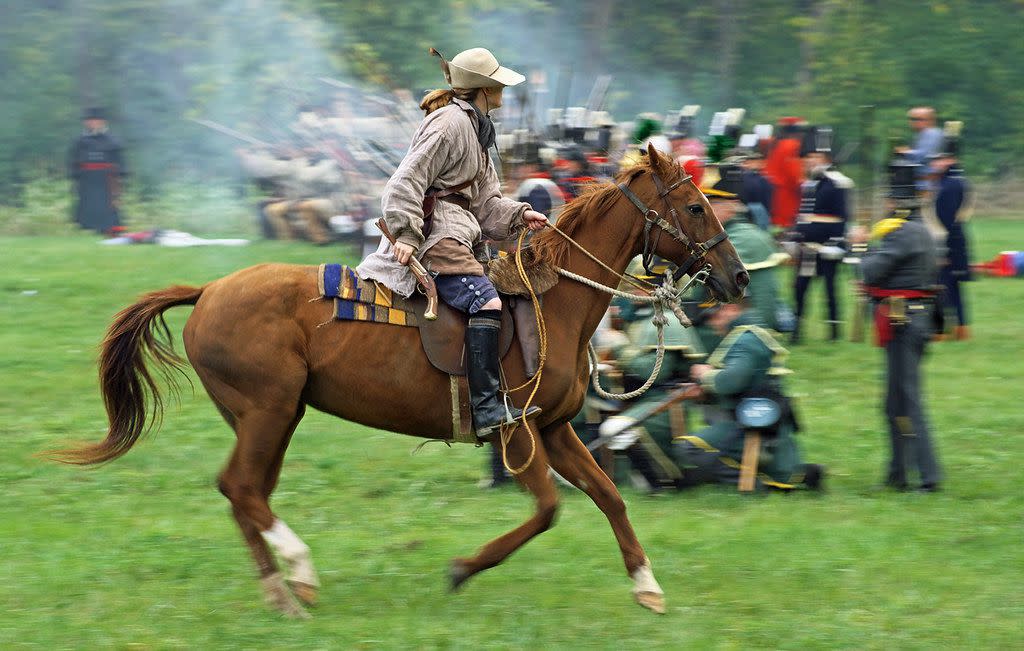
Mississinewa 1812
Location: Marion, Indiana
Era: Early 1800s (War of 1812)
What to do: Held every October, this recreation of the Battle of Mississinewa is billed as the largest living history event in the country. Other must-sees include military encampments, an Indian village, an 1812 town, and a wilderness area. There are also crafts, food, and weaponry demonstrations.
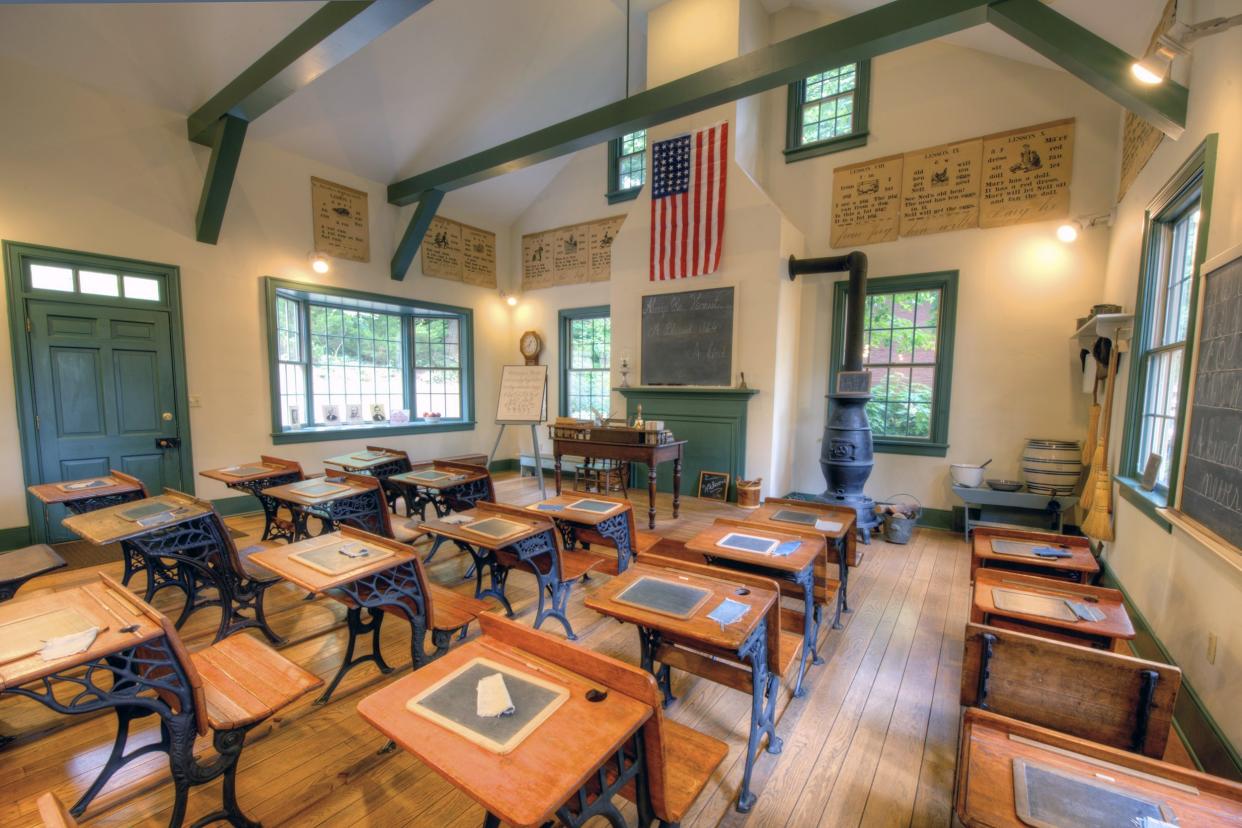
Roscoe Village
Location: Coshocton, Ohio
Era: 1830s-1900s
What to do: On a living history tour of Roscoe Village, experience 19th-century canal town life by visiting with costumed interpreters at home and at work. Other village highlights include canal tours, hands-on crafts, and seasonal events including Christmas candle-lighting ceremonies.
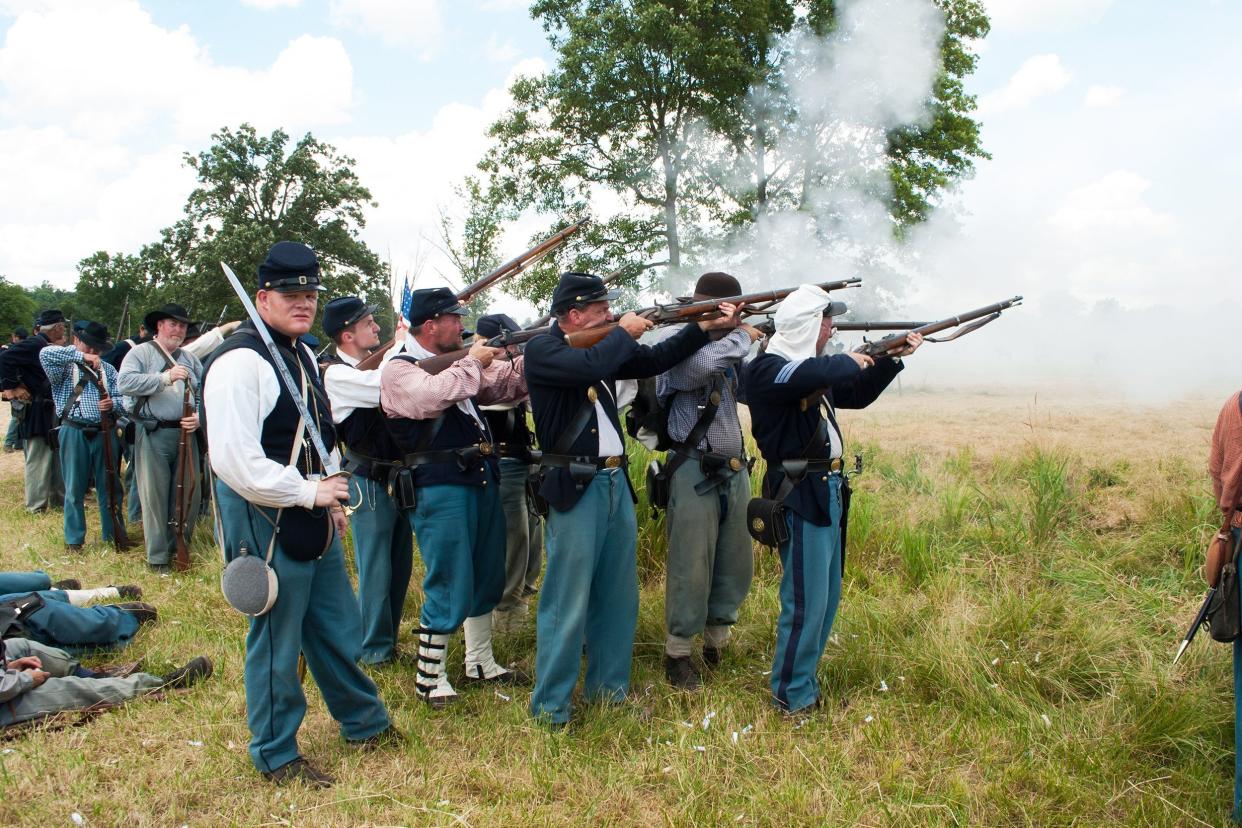
Gettysburg Civil War Battle Re-Enactment
Location: Gettysburg, Pennsylvania
Era: Mid-1800s (Civil War)
What to do: After you've seen Gettysburg National Military Park, the elaborate Gettysburg Anniversary Committee re-enactment awaits. Held every year in July, it features different battles and a living history area filled with re-enactors in period dress.
Related: 30 Beautiful Road Trips That Celebrate American History
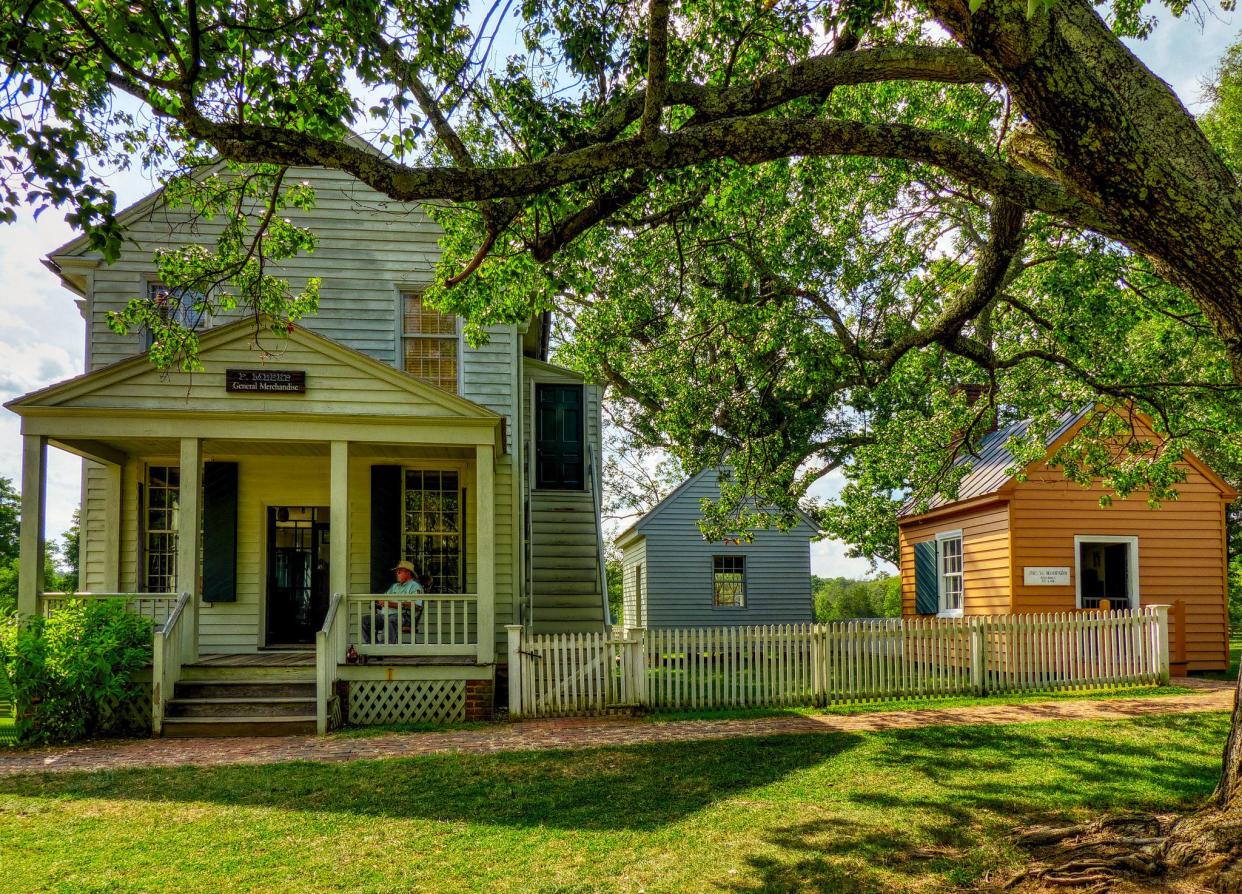
Appomattox Court House National Historical Park
Location: Appomattox, Virginia
Era: Mid-1800s (Civil War)
What to do: This Virginia town found a spot in history books when it became the site of Gen. Robert E. Lee's surrender, triggering the end of the Civil War. There are frequent first-person historical programs in spring, summer, and fall at this national historical park. Come in mid-April or mid-October for a living history weekend of weapons demonstrations, period music, and authentic campsites.
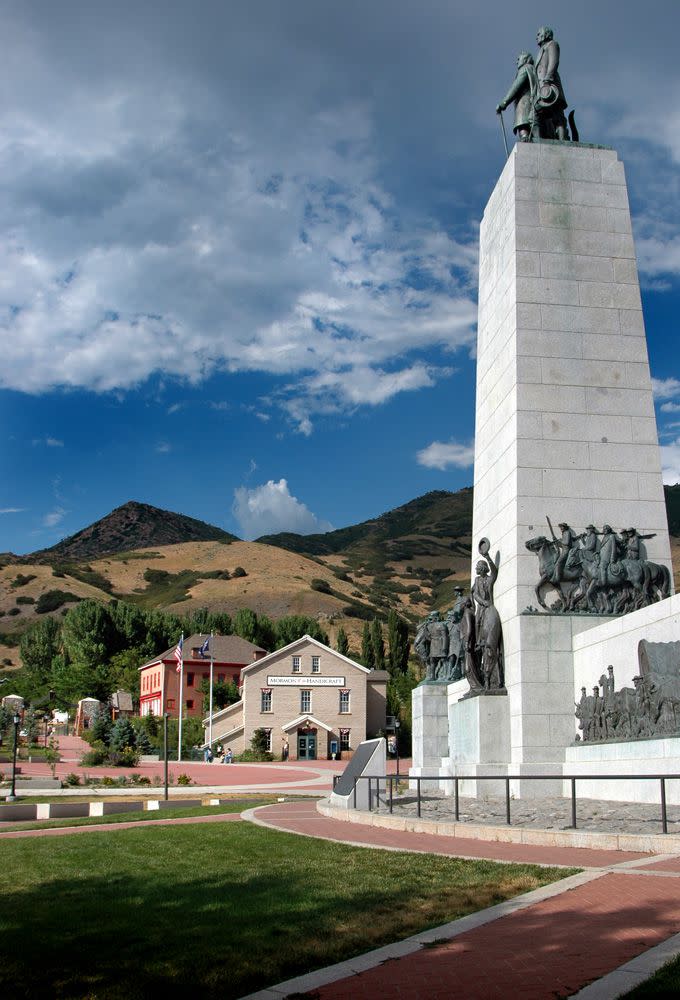
This Is The Place Heritage Park
Location: Salt Lake City
Era: Mid-1800s
What to do: Explore the large historical village, dig for gems, visit a Native American village or pioneer tradesmen, hop on a horse or train ride — there are ample opportunities for both young and old. Special events throughout the year include Mountain Man Camp, Liberty Days, and Pioneer Days.
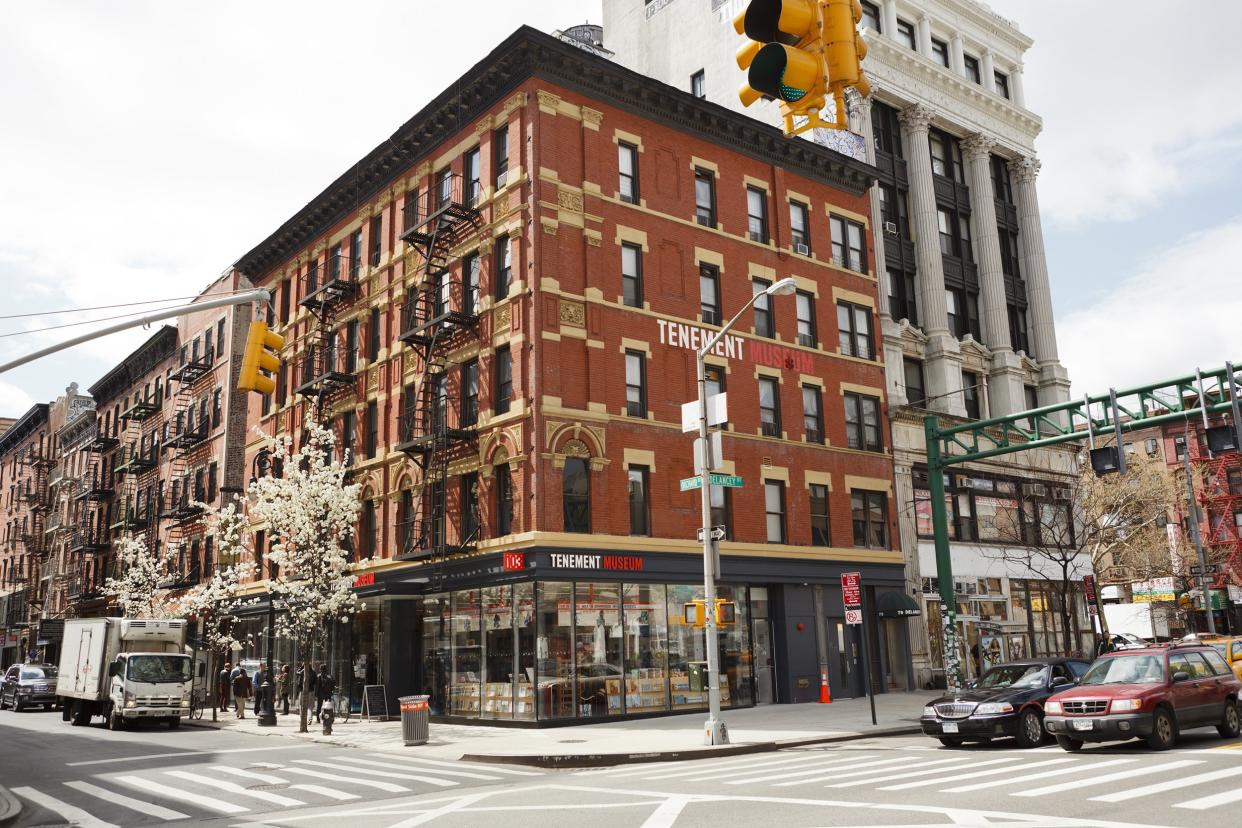
Tenement Museum
Location: New York City
Era: Mid-1800s-1900s
What to do: The Tenement Museum is more than dusty exhibits. Visitors can tour restored apartments, meet residents from three families and three time periods, and explore the Lower East Side as it might have been viewed by new immigrants.
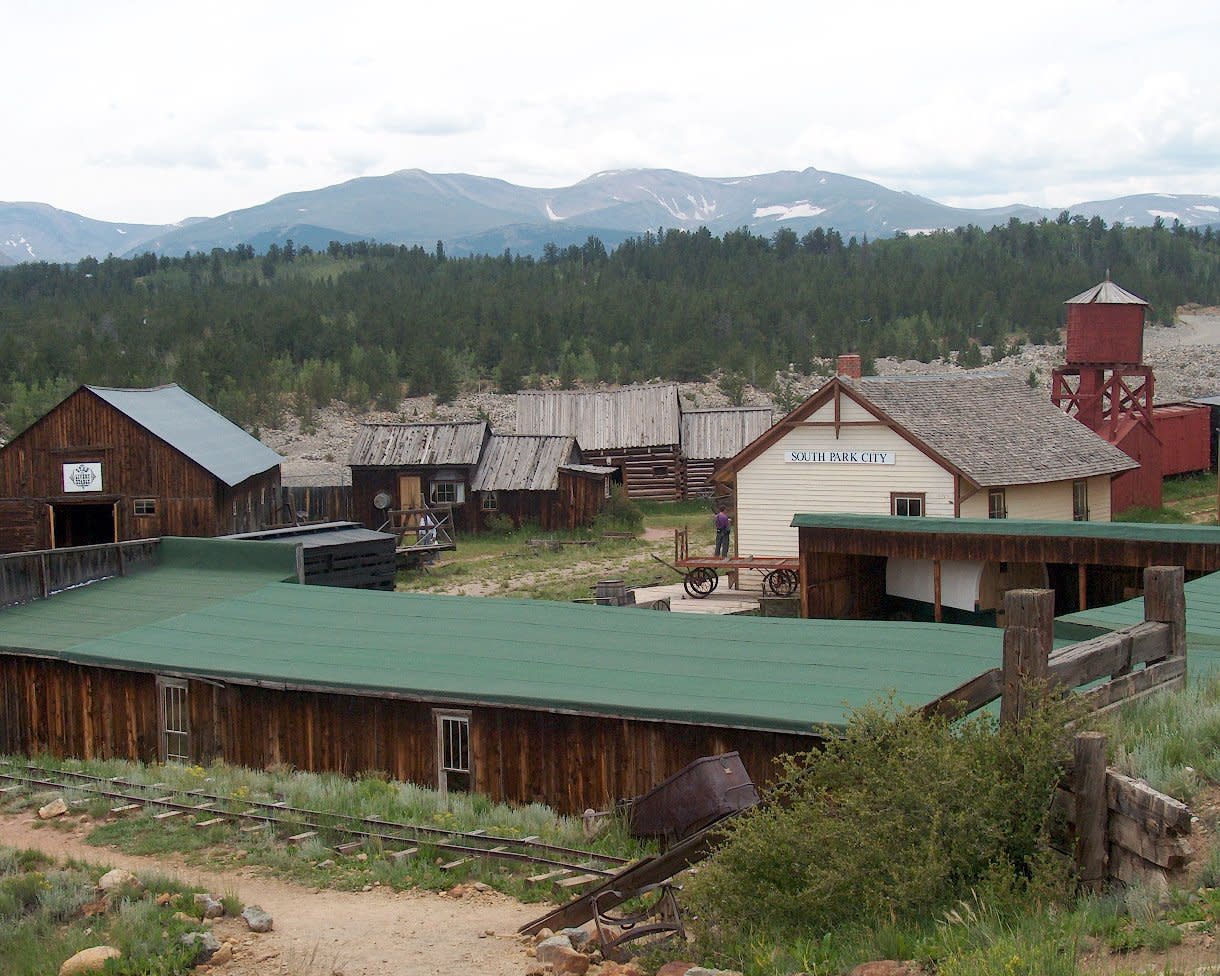
South Park City
Location: Fairplay, Colorado
Era: Late 1800s
What to do: Reopening May 15, more than 40 restored buildings await exploration in this restored mining town, including a brewery, a chapel, a saloon, and even a morgue that did double duty as a carpenter's shop. Come in late July and see burros racing through the streets during Burro Days.
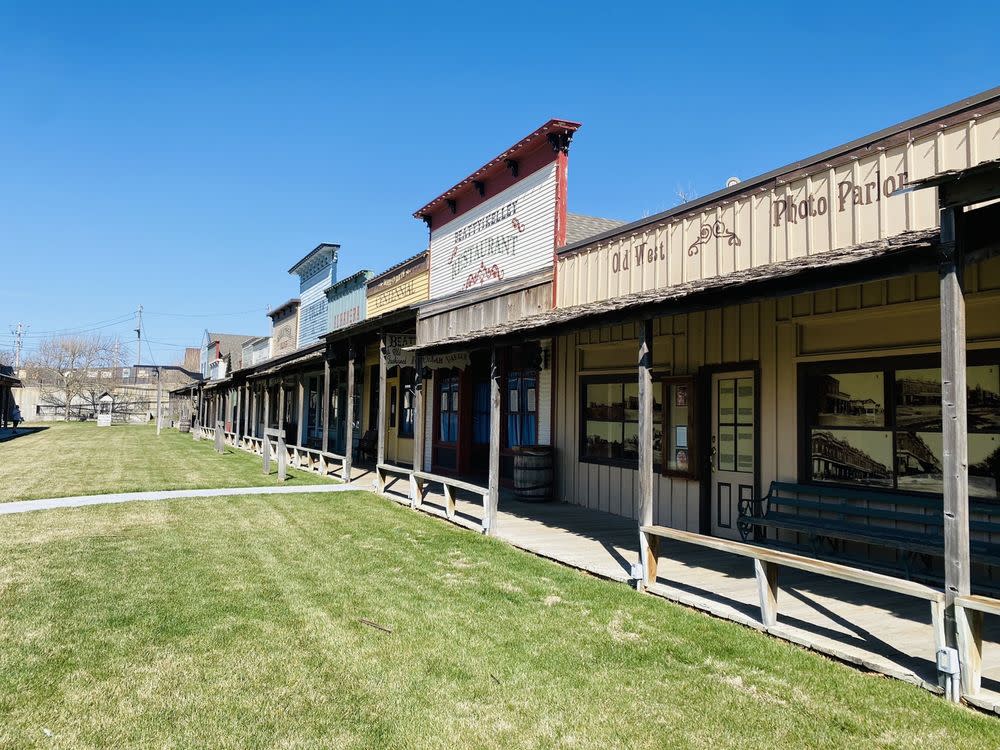
Boot Hill Museum
Location: Dodge City, Kansas
Era: Late 1800s
What to do: Head to Boot Hill Museum to examine a collection of more than 60,000 Old West artifacts, then step outside to explore the old General Store, Boot Hill Cemetery, and Long Branch Saloon. Gunfighters face off in the street twice daily during the summer.
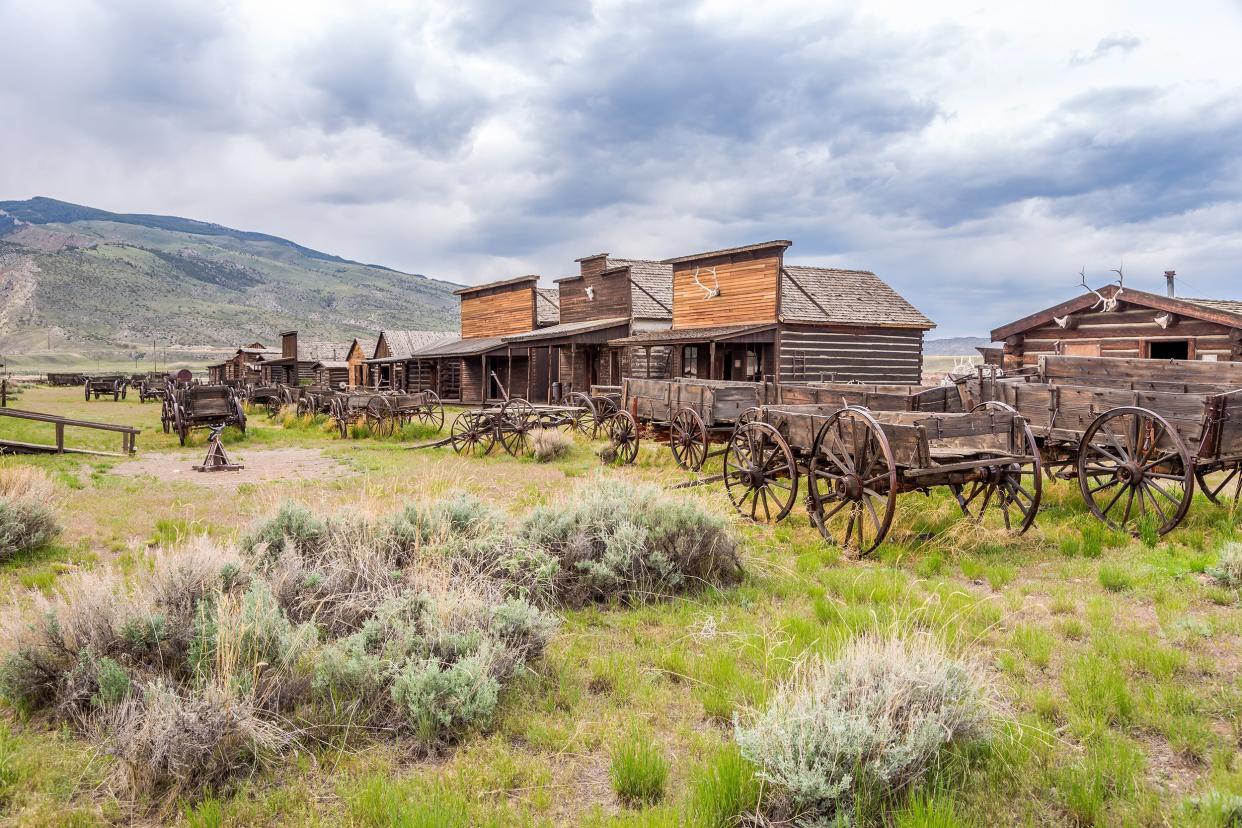
Old Trail Town
Location: Cody, Wyoming
Era: Late 1800s
What to do: Just outside Yellowstone National Park, explore restored frontier-town buildings, including a general store, school, post office, blacksmith shop, and saloon. Also check out the gravesites of prominent frontiersmen.
Related: Top 20 Old Western Towns You Can Still Visit
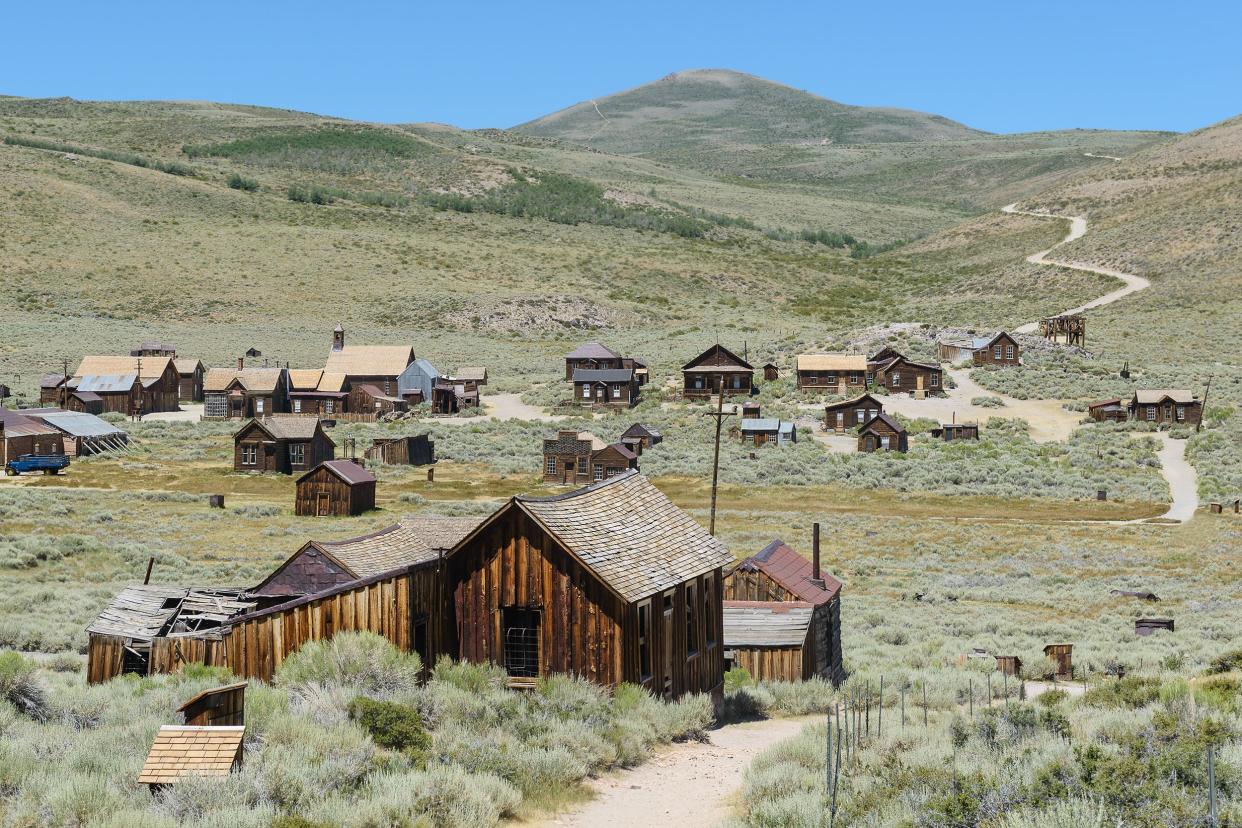
Bodie State Historic Park
Location: Bridgeport, California
Era: Late 1800s
What to do: This old California gold rush town is kept in a "state of arrested decay" for explorers to enjoy. To maintain the site's authenticity, there are no food vendors or shops, save a museum bookstore — but that just adds to the experience. A stamp mill tour is offered for an extra fee.
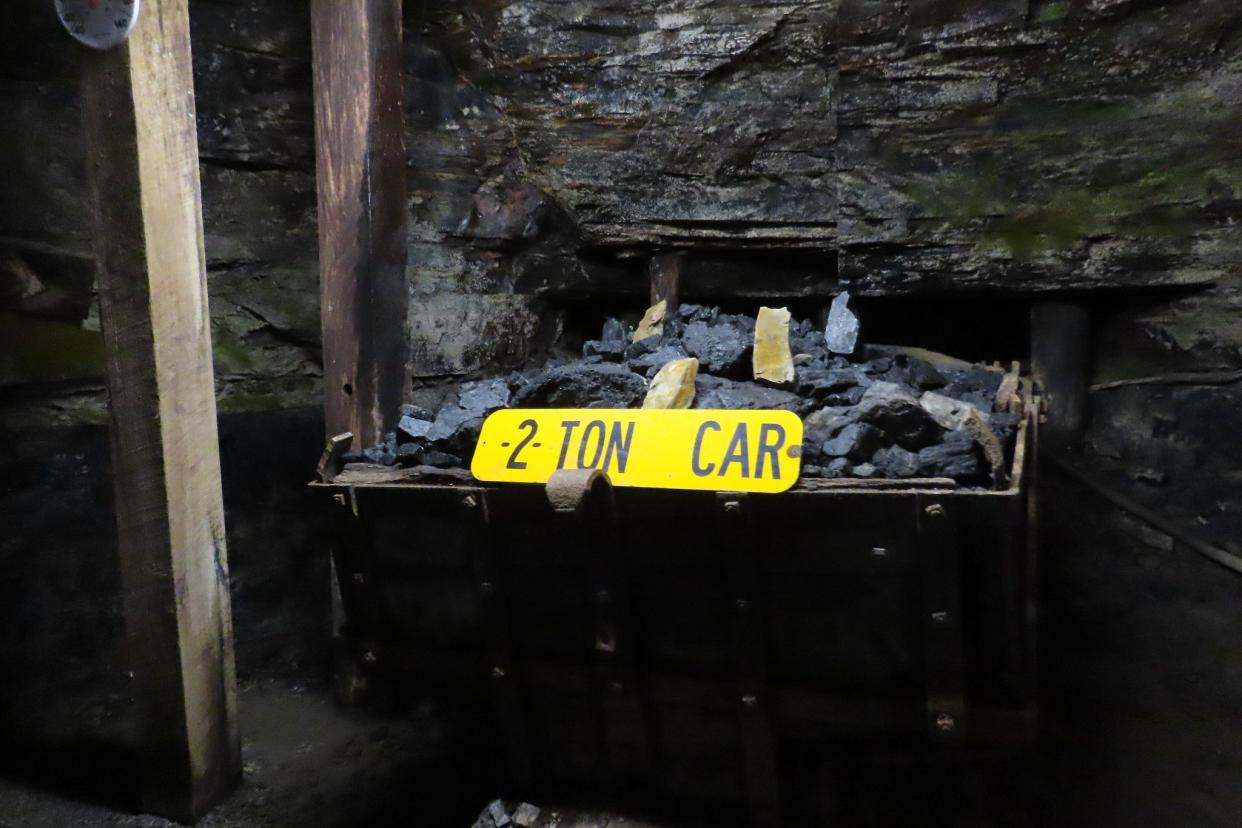
Beckley Exhibition Coal Mine
Location: Beckley, West Virginia
Era: Late 1800s-early 1900s
What to do: Ride through the darkness of mine passageways back to a time when coal was king, with veteran miners as guides. An old-fashioned coal camp, youth museum, and Appalachian homestead are also open to exploration.
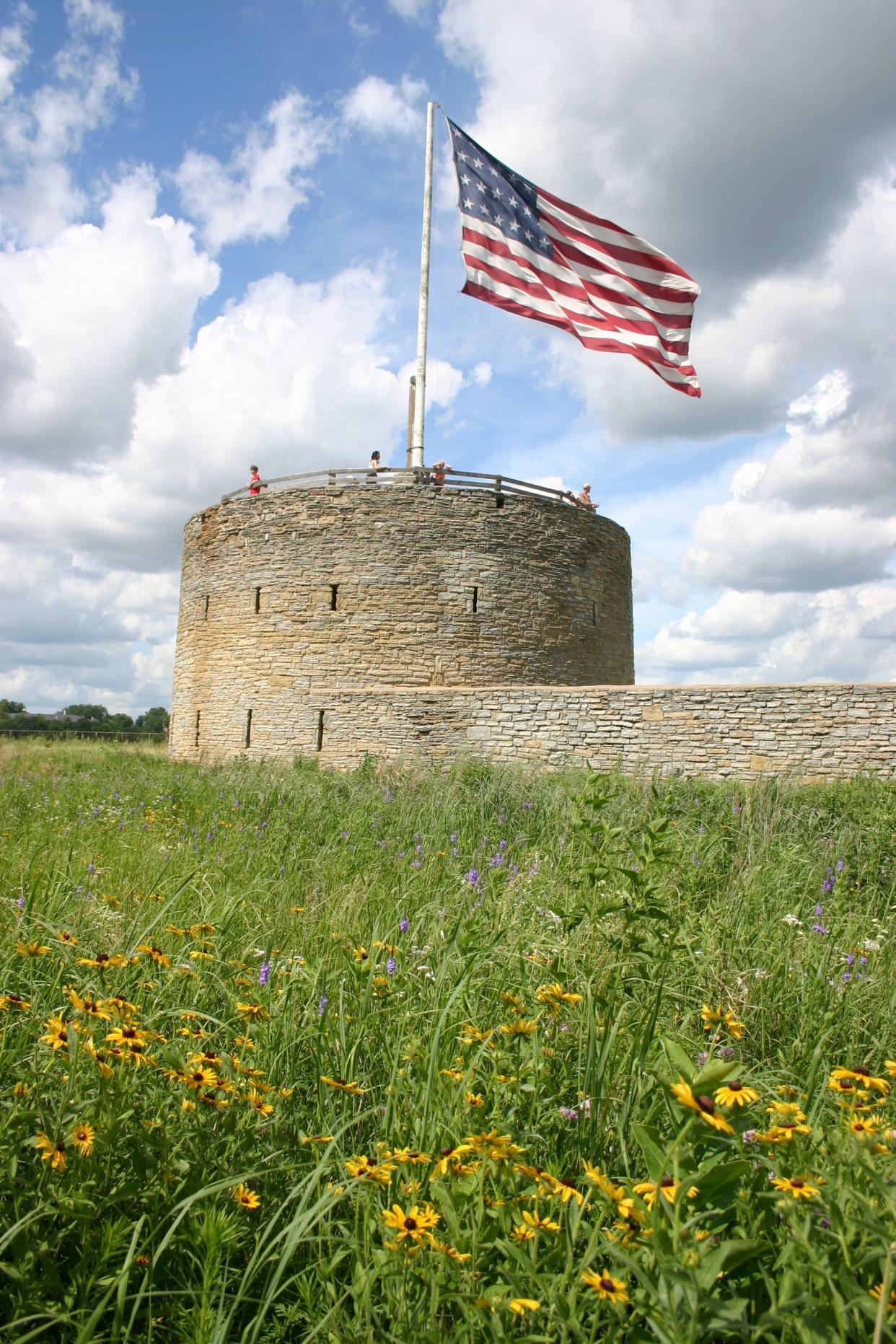
Historic Fort Snelling
Location: St. Paul, Minnesota
Era: 1820s to 1946
What to do: Visitors can learn what life was like during the 1800s at this fort where the Minnesota and Mississippi rivers meet. The facility maintains a busy calendar of events such as traditional fife and drum performances, day camps, and military and citizen service days that explore how the meaning of citizenship and service have changed over time.
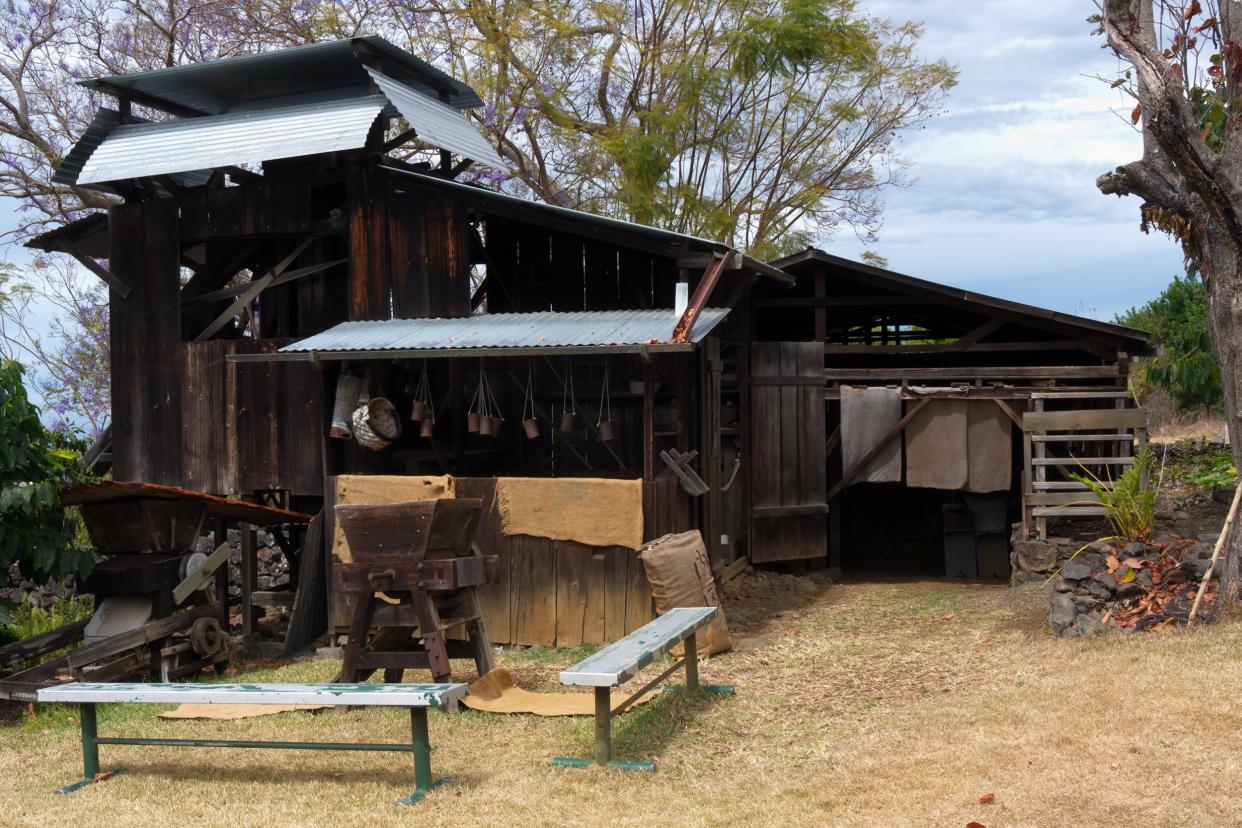
Kona Coffee Living History Farm
Location: Captain Cook, Hawaii
Era: 1920s-1940s
What to do: Discover how Hawaii's first coffee farmers lived and worked at this historic farm, which features costumed interpreters demonstrating traditional crafts, agricultural work, and everyday activities. Of course, visitors can also sample the Kona coffee.
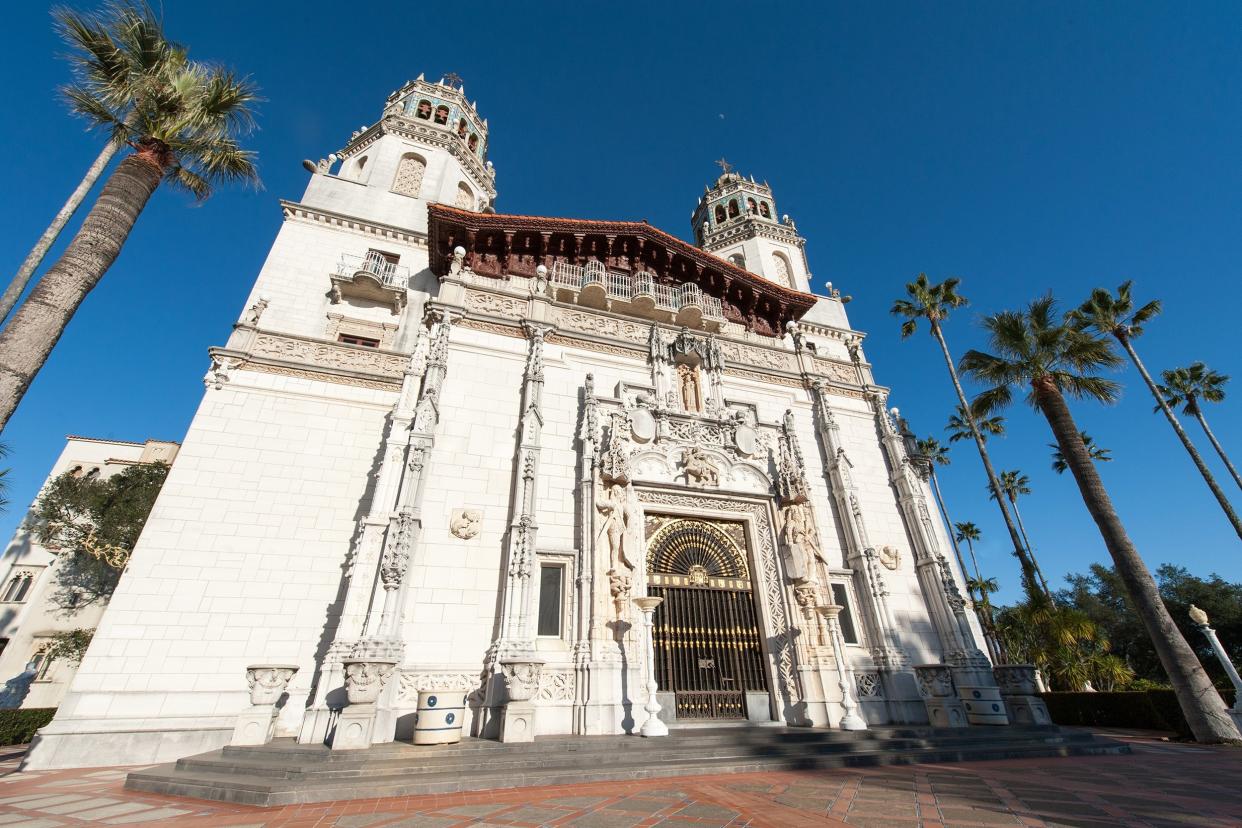
Hearst Castle
Location: San Simeon, California
Era: 1930s
What to do: For a true taste of William Randolph Hearst's opulent estate, take a Hearst Castle Evening Tour with docents dressed in 1930s attire showing off social rooms, guest accommodations, the library, and Hearst's Gothic Suite. The tour requires visitors to climb hundreds of stairs, but a more accessible version is also available.
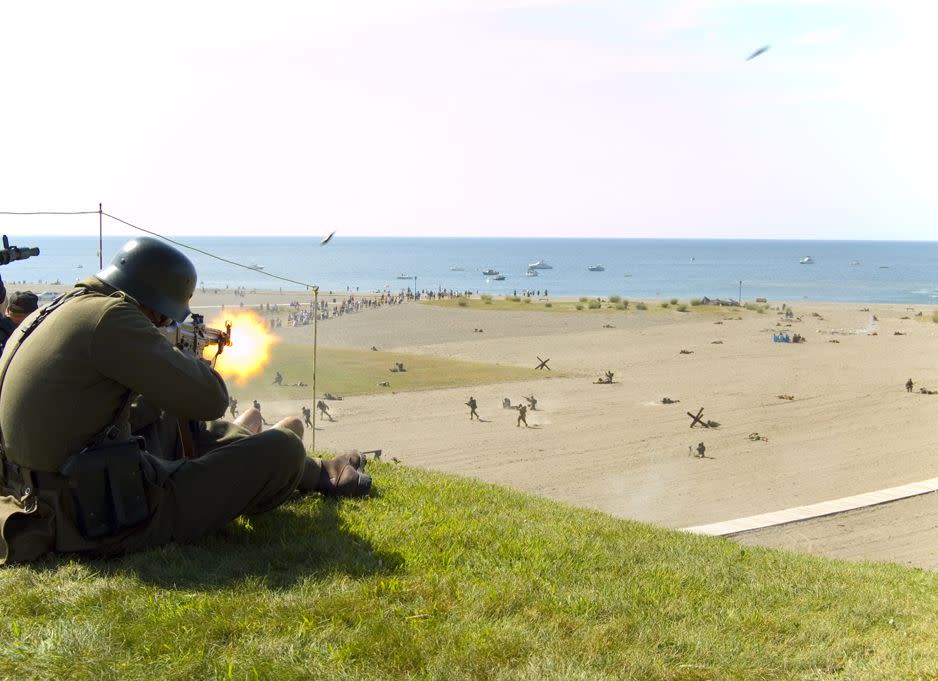
D-Day Conneaut
Location: Conneaut, Ohio
Era: 1940s (World War II)
What to do: Witness this annual re-enactment of Allied troops storming Omaha Beach in Normandy — but with Lake Erie standing in for France's shore. The August event features more than 1,800 costumed re-enactors, World War II planes and heavy artillery, boat rides, a cruise-in, period music, and much more.
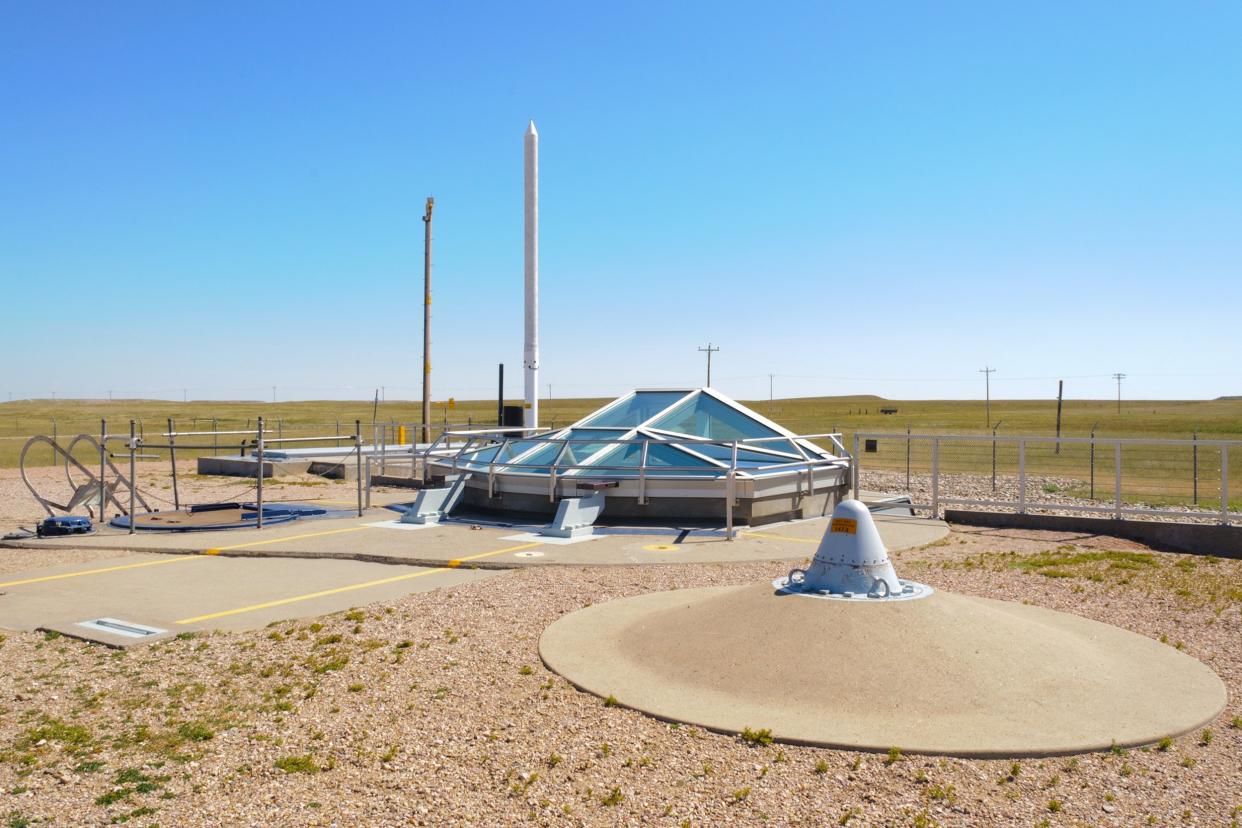
Minuteman Missile National Historic Site
Location: Philip, South Dakota
Era: 1950s-1990s (Cold War)
What to do: Fans of Cold War intrigue can't miss the Minuteman Missile National Historic Site, which allows visitors to gaze down into a nuclear missile silo, tour an underground missile control compound ($12 for ages 17 and up; $8 for ages 6 to 16), and examine other Cold War artifacts and exhibits.
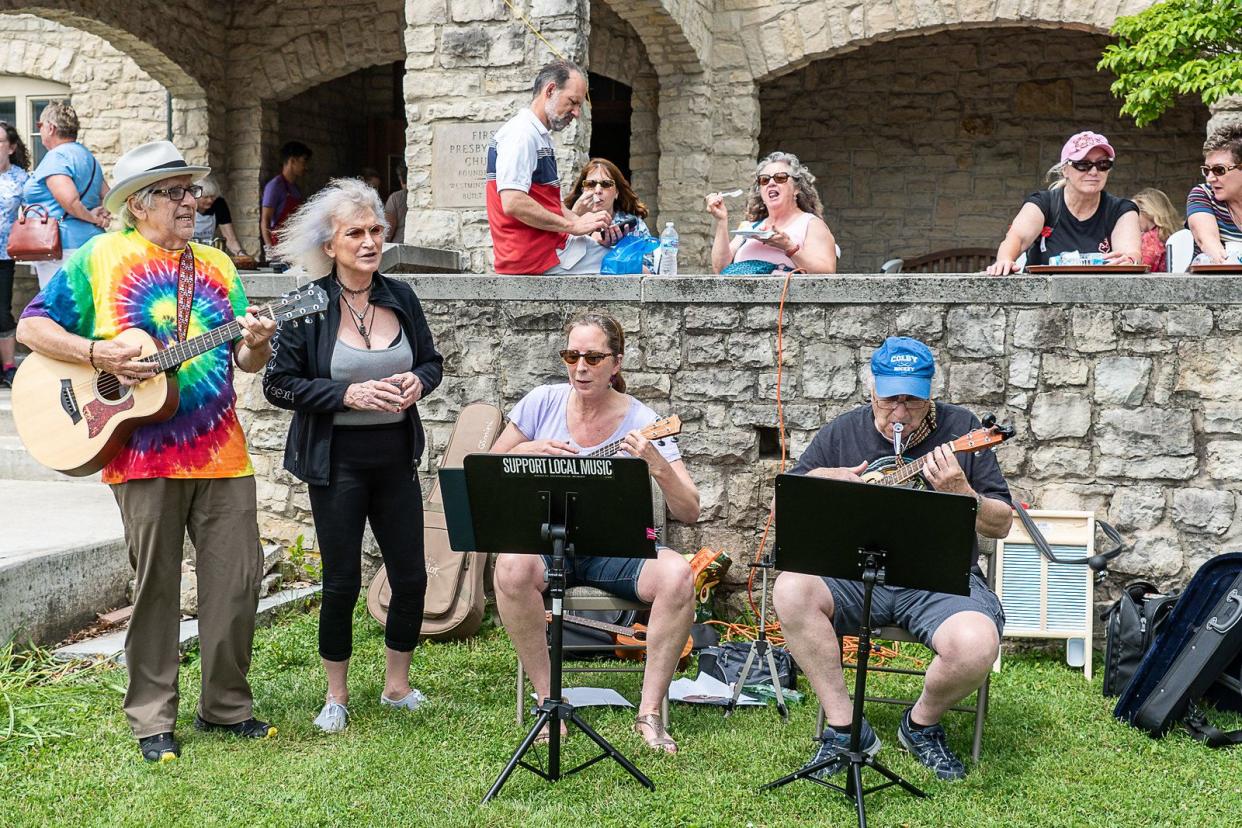
Yellow Springs Street Fair
Location: Yellow Springs, Ohio
Era: 1960s
What to do: If you're a flower child who mourns the '60s, the Yellow Springs Street Fair is for you. Held twice yearly in June and October, the fair draws thousands with its unique street performers and vendors, including drum circles, tie-dye, belly dancers, and incense galore. Organizers are skipping the spring fair but plan to hold a fair this fall.
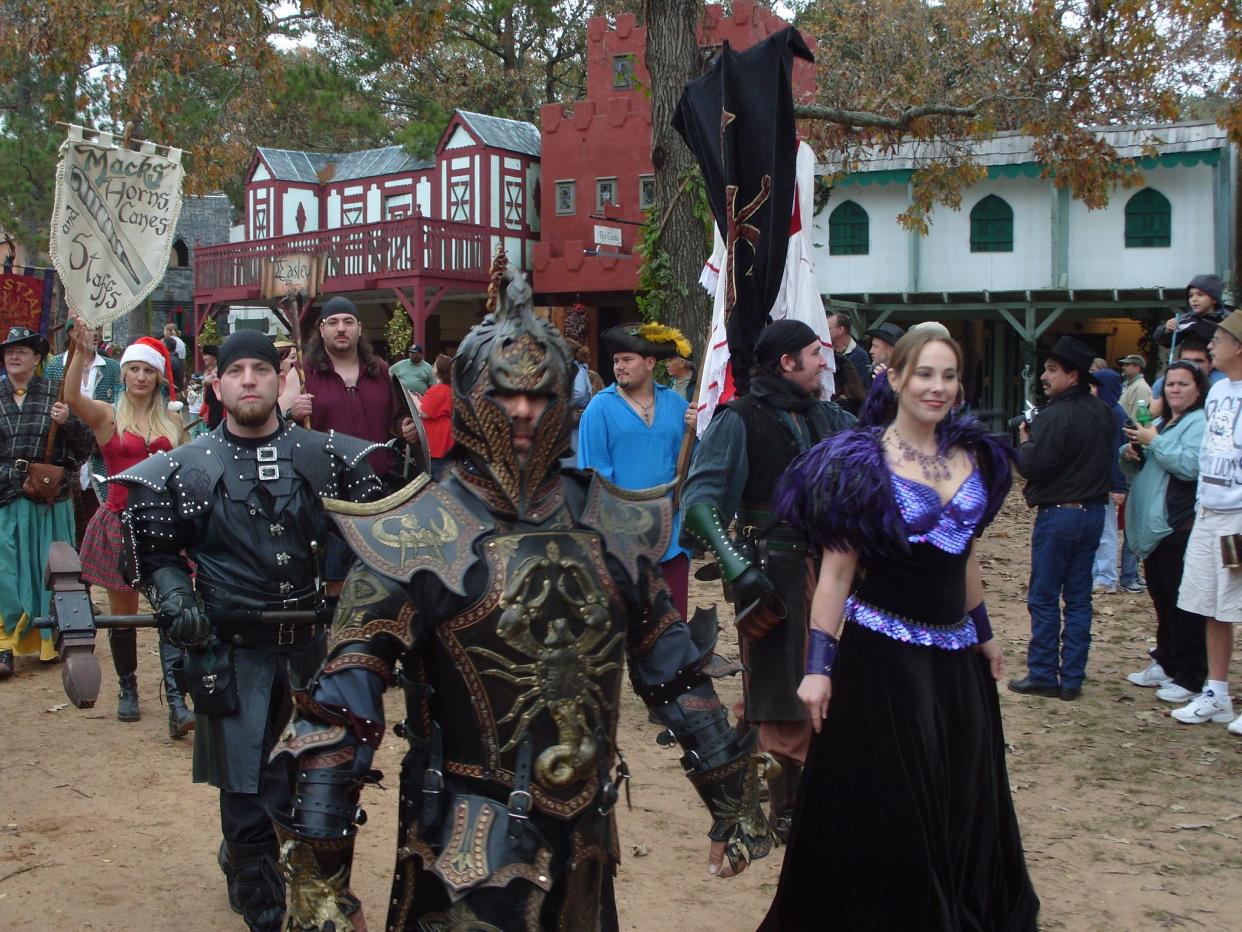
Texas Renaissance Festival
Location: Todd Mission, Texas
Era: 1500s (Tudor England)
What to do: The nation's largest Renaissance fair is held on weekends in October and November on 55 acres northwest of Houston. Enjoy 200 daily performances, browse 400 shops, and gorge on massive turkey legs and other "ye olde" classics.
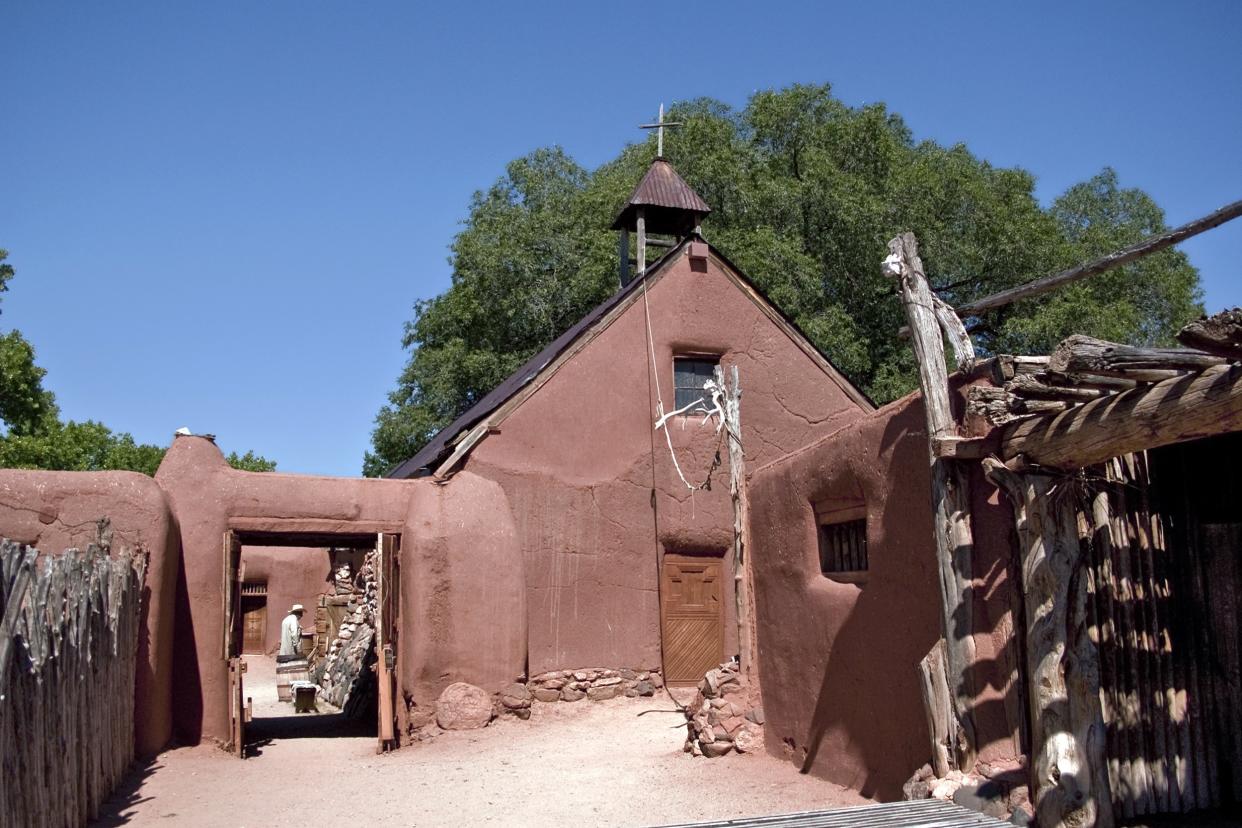
El Rancho De Las Golondrinas
Location: Santa Fe, New Mexico
Era: 1700s-1800s
What to do: This picturesque living history museum includes original colonial buildings that have been reconstructed. Craftspeople showcase traditional New Mexican weaving and colcha embroidery on most days, and several festivals take over the 200-acre grounds throughout the year to celebrate local food, wine, and history.
Related: 19 Historic Route 66 Restaurants Worth a Pit Stop
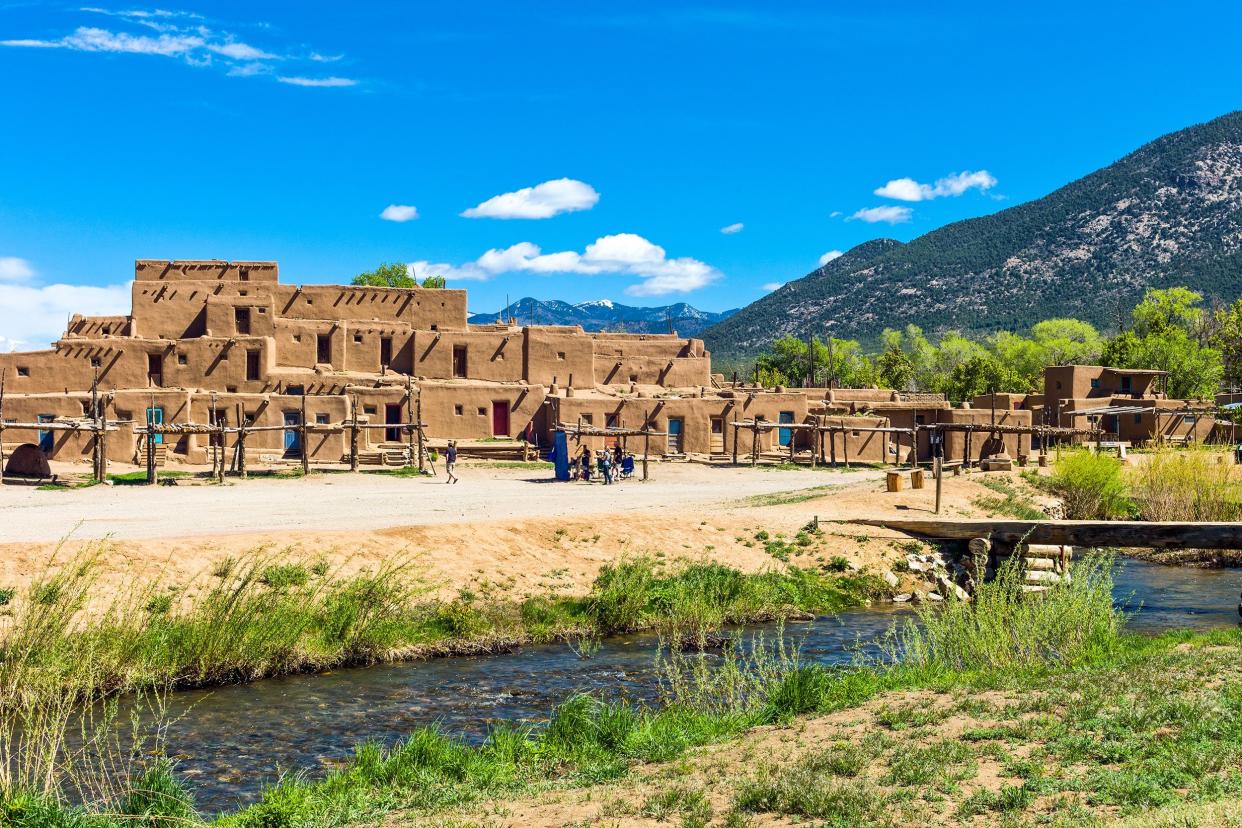
Taos Pueblo
Location: New Mexico
Era: 900-present
What to do: Explore the adobe buildings of the Pueblo tribe in one of the oldest continuously inhabited communities in the United States. Sights include ancient homes, ceremonial sites, archaeological remains, and the ruins of a mission constructed after Spanish explorers discovered the community.
This article was originally published on Cheapism

More From Cheapism
Like Cheapism's content? Be sure to follow us.